
# Invierno
Leyes sobre neumáticos de invierno
¿Cuándo son obligatorios los neumáticos de invierno en Europa?
- Es hora de cambiar a neumáticos de invierno cuando bajan las temperaturas
- Generalmente, es recomendable cambiar a neumáticos de invierno entre octubre y abril.
- En caso de duda, realiza el cambio en el momento que determinen las leyes y normativas locales.
- A medida que las hojas se vuelven marrones, los días se acortan y el aire se siente más fresco, sabes que el invierno está en camino. Eso significa que es el momento de cambiar las ruedas de tu vehículo por neumáticos de invierno. Seguramente sepas que los neumáticos de invierno, a veces denominados neumáticos para nieve, son un requisito obligatorio en varias regiones europeas, pero ¿cuándo y dónde se vuelve obligatorio el cambio?
- Averigua cuándo debes cambiar los neumáticos de tu vehículo o busca abajo para ver en qué lugares de Europa se requieren legalmente los neumáticos de invierno.
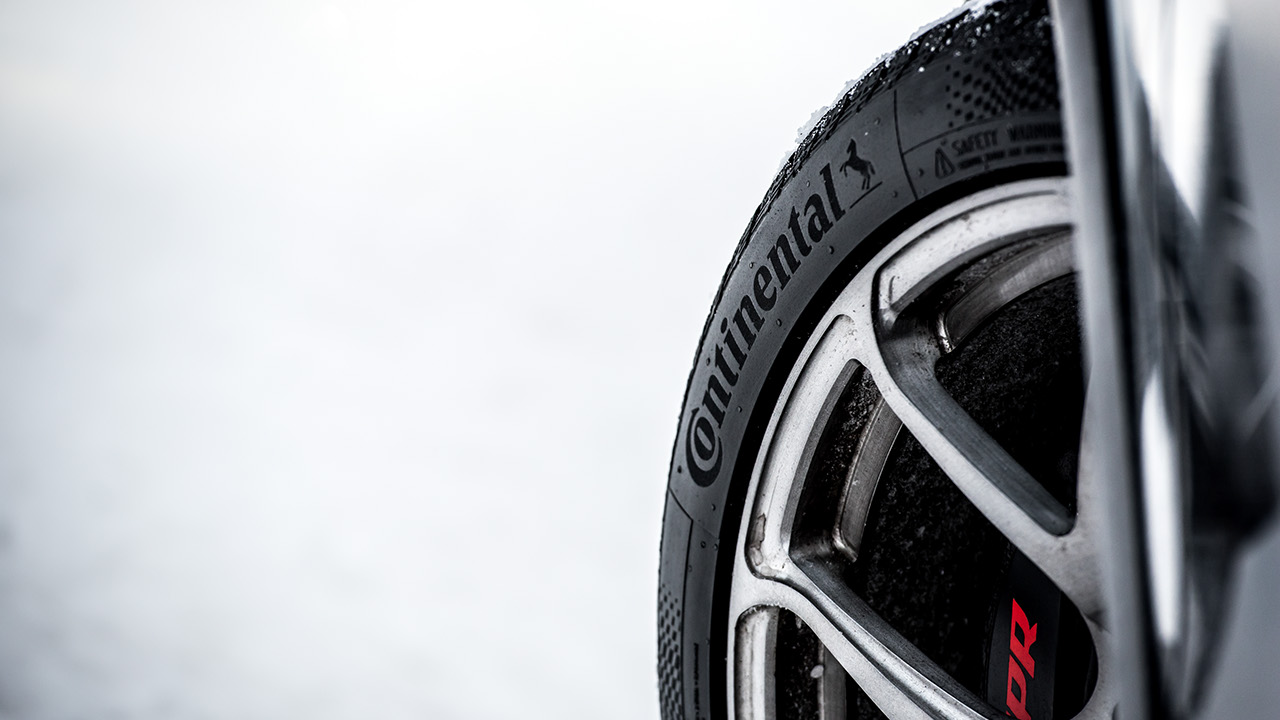
¿Dónde son obligatorios los neumáticos de invierno en Europa?
Cuando las temperaturas bajan, los neumáticos de invierno garantizan una seguridad vial mucho mayor en comparación con los neumáticos de verano. Puede elegirlos voluntariamente, por lo que puede confiar en sus neumáticos en condiciones de nieve y hielo. Sin embargo, si aún no está seguro de hacer el cambio, el siguiente mapa muestra qué países europeos tienen leyes sobre neumáticos de invierno que los hacen obligatorios. Puede reconocer los neumáticos de invierno por marcas especiales en el flanco. Hasta ahora, la conocida marca M+S era suficiente como etiqueta de neumático de invierno. El símbolo 3PMSF (copo de nieve) es obligatorio para los neumáticos de invierno o para todo tiempo (all season) fabricados desde el 1 de enero de 2018. Durante el periodo de transición, hasta el 30 de septiembre de 2024, los neumáticos M+S son suficientes para cumplir con las leyes de neumáticos de invierno que se enumeran a continuación.
Selecciona tu país en la lista para comprobar los datos exactos.
* El símbolo 3PMSF (3 Peak Mountain Snowflake)
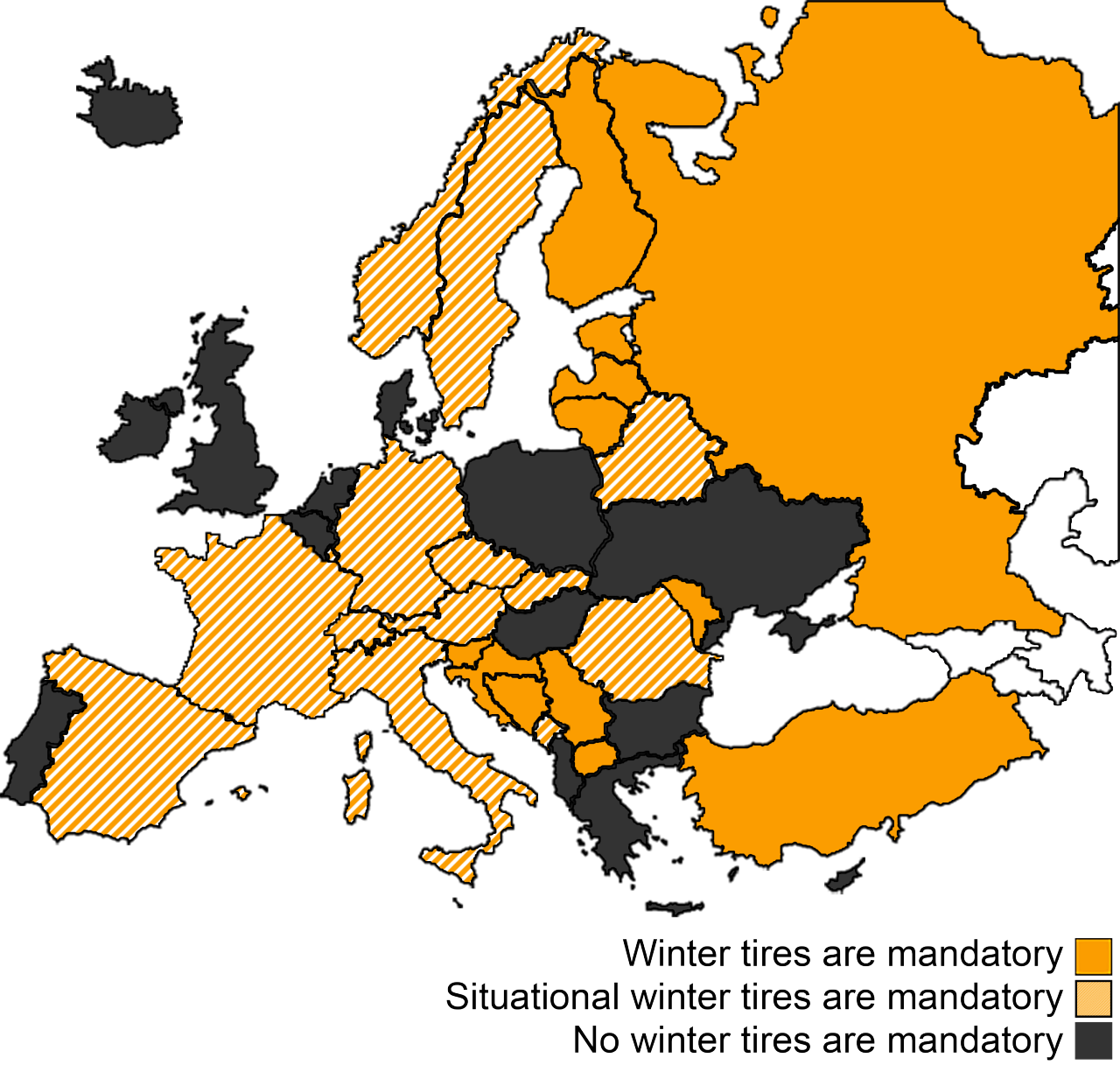
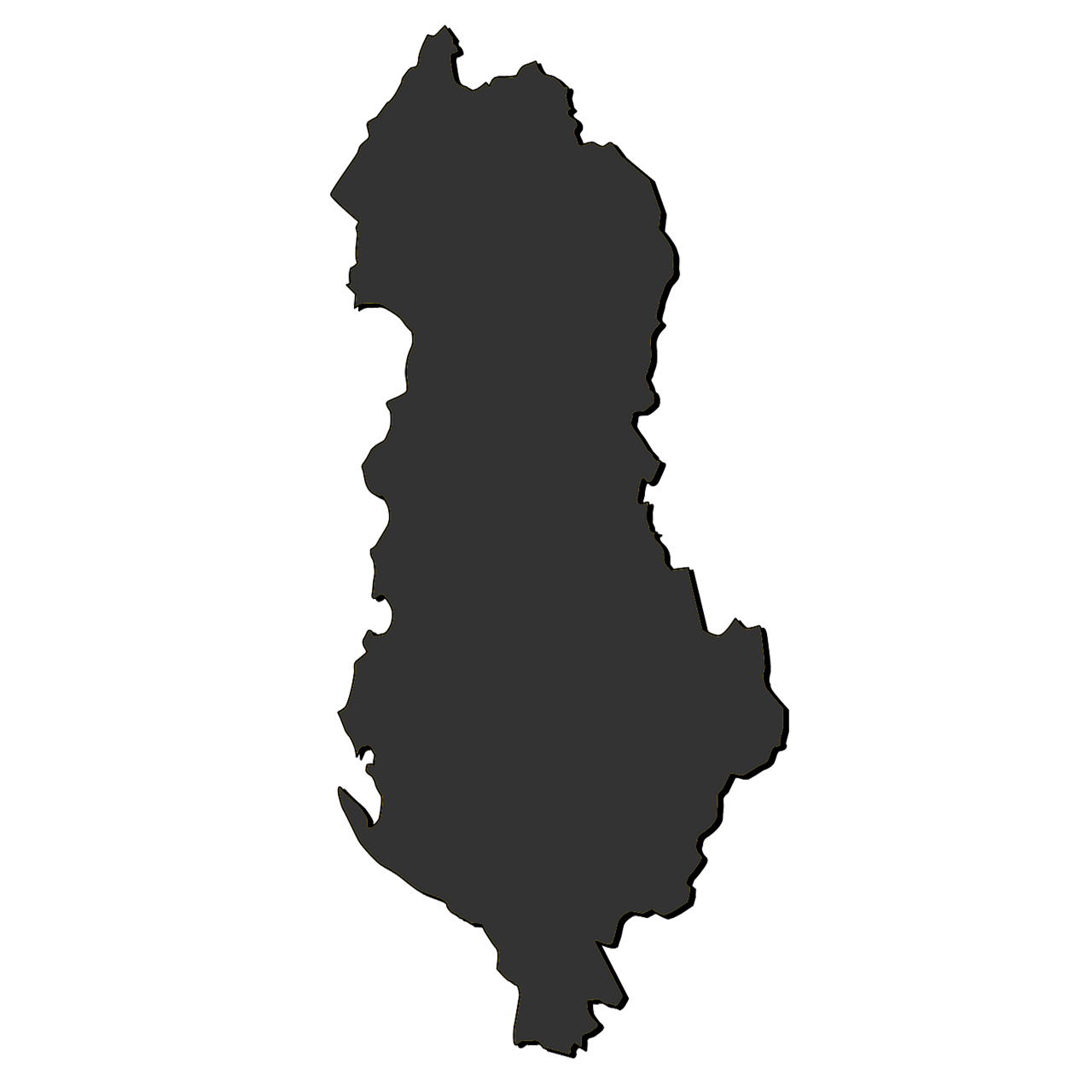
- Winter tires not mandatory
- Studs not allowed
- Snow chains for drive axle must be carried in the vehicle
- On mountain roads, it is recommended to use winter tires from 1.11.–30.04.
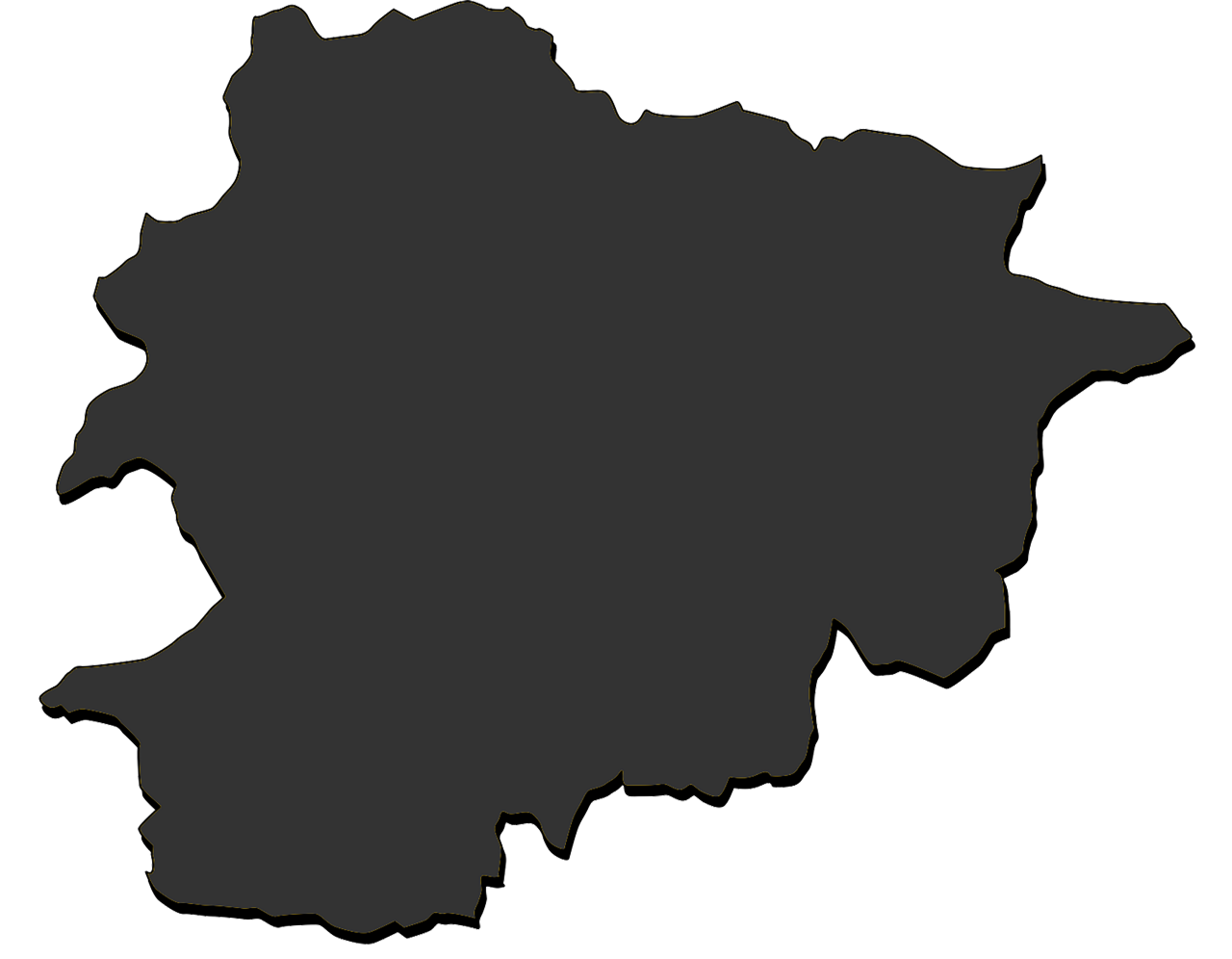
- Winter tires not mandatory
- M+S and Alpine symbol (3PMSF)
- Snow chains, indicated by road signs
- Snow chains must be used if winter condition or signs indicate
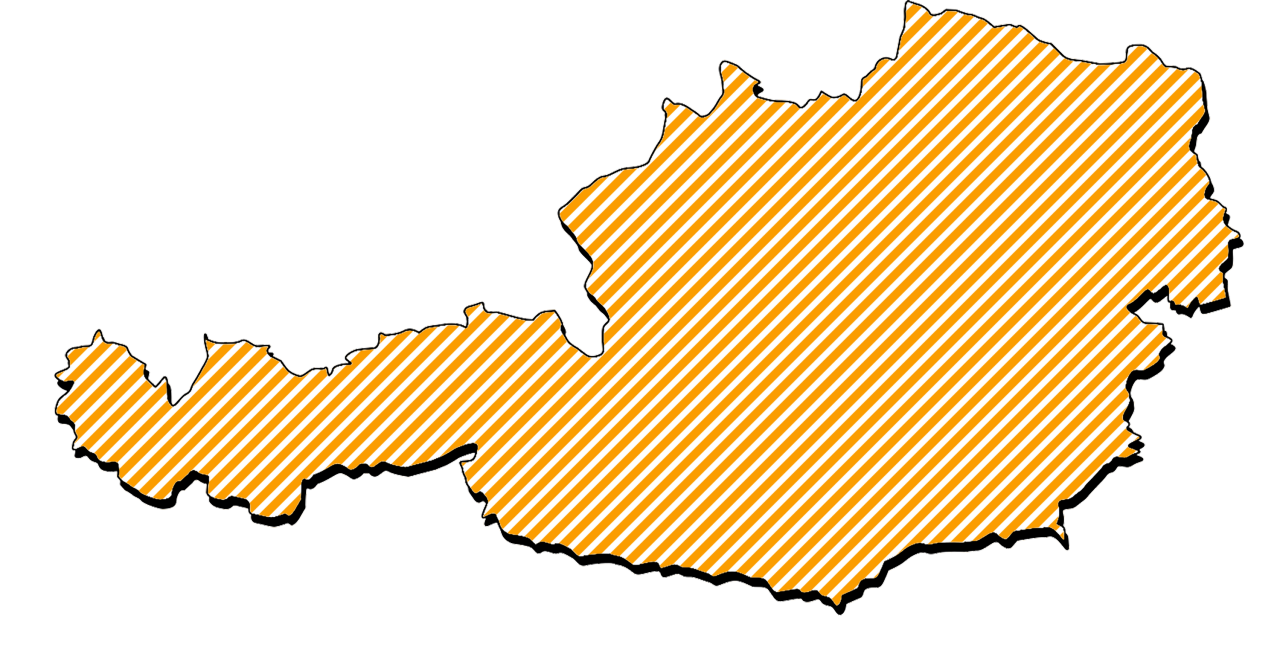
- Situationally depending on wintery road conditions from 1.11. – 15.4.
- Valid up to 3,5 tons vehicle weight
- M+S marking
- Min. tread depth: 4,0 mm
- If summertires are fitted chains for one driven axle are mandatory
- Studded tires are allowed from 1.11. - 15.4.
- If studded tires are fitted they are mandatory for all axles (incl. trailer)
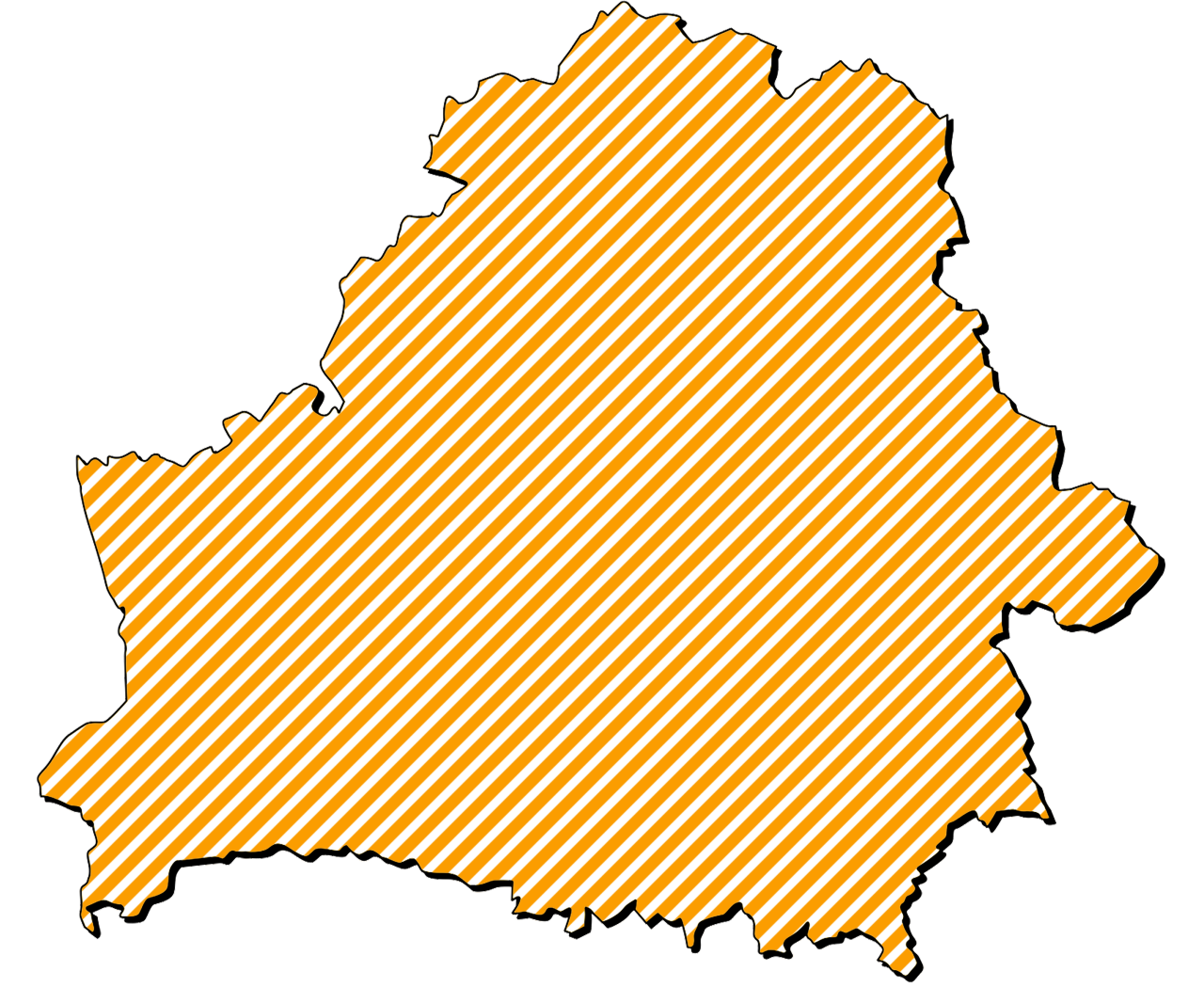
- Winter tires mandatory from 1.12. - 1.3.
- Valid up to 3,5 t vehicles
- Min. tread depth 4,0 mm
- Winter tires have to be mounted on all 4 axles
- Studded tires can be used as all other winter tires
- M+S marking
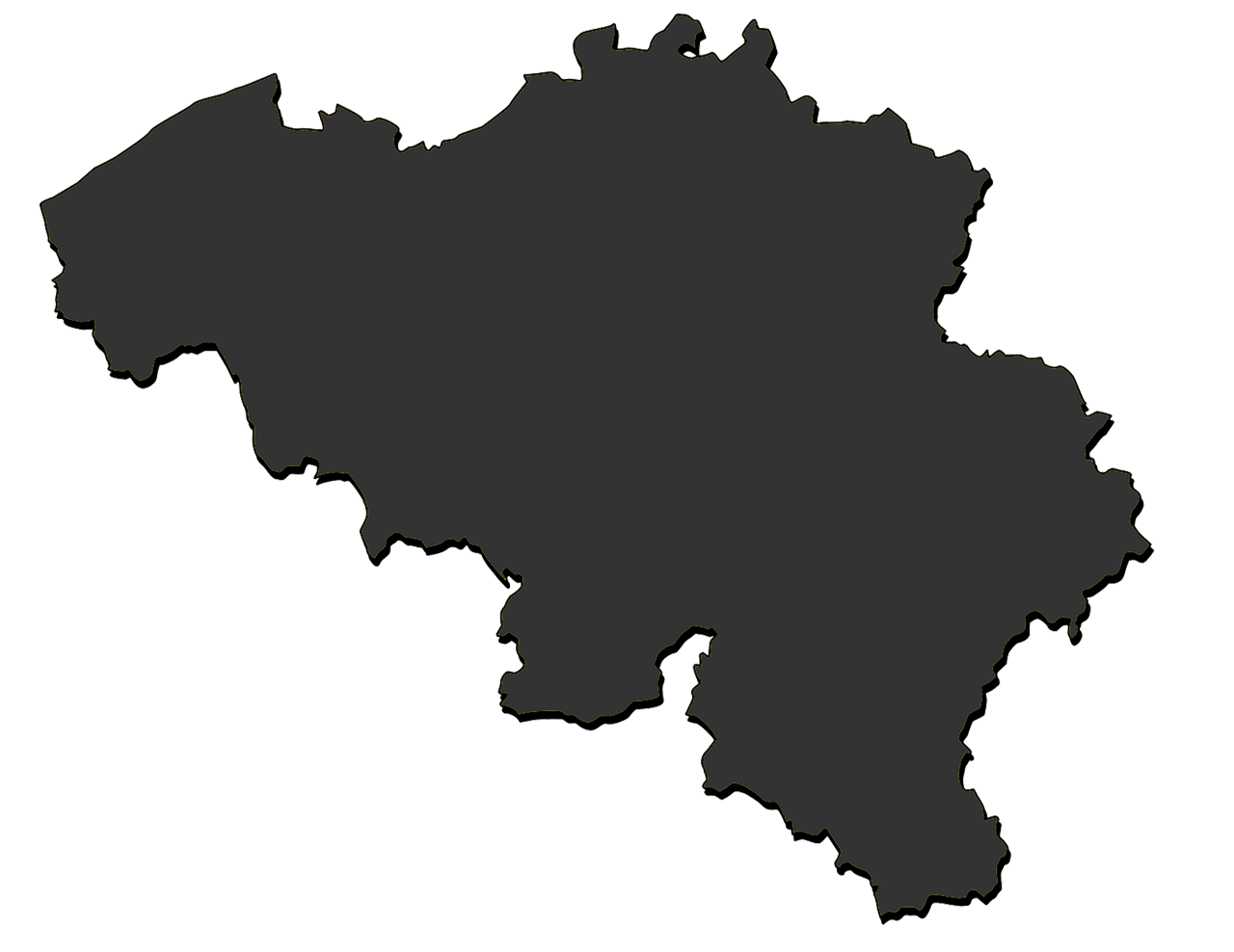
- Winter tires not mandatory
- M+S tires with lower speed index accepted from 1st October to 30st April (labeling the max speed in the dashboard mandatory)
- M+S marked tires with same/higher speed index accepted all the year round
- Alpine symbol (3PMSF) tires with smaller speed index accepted all the year round (labeling the max speed in the dashboard mandatory)
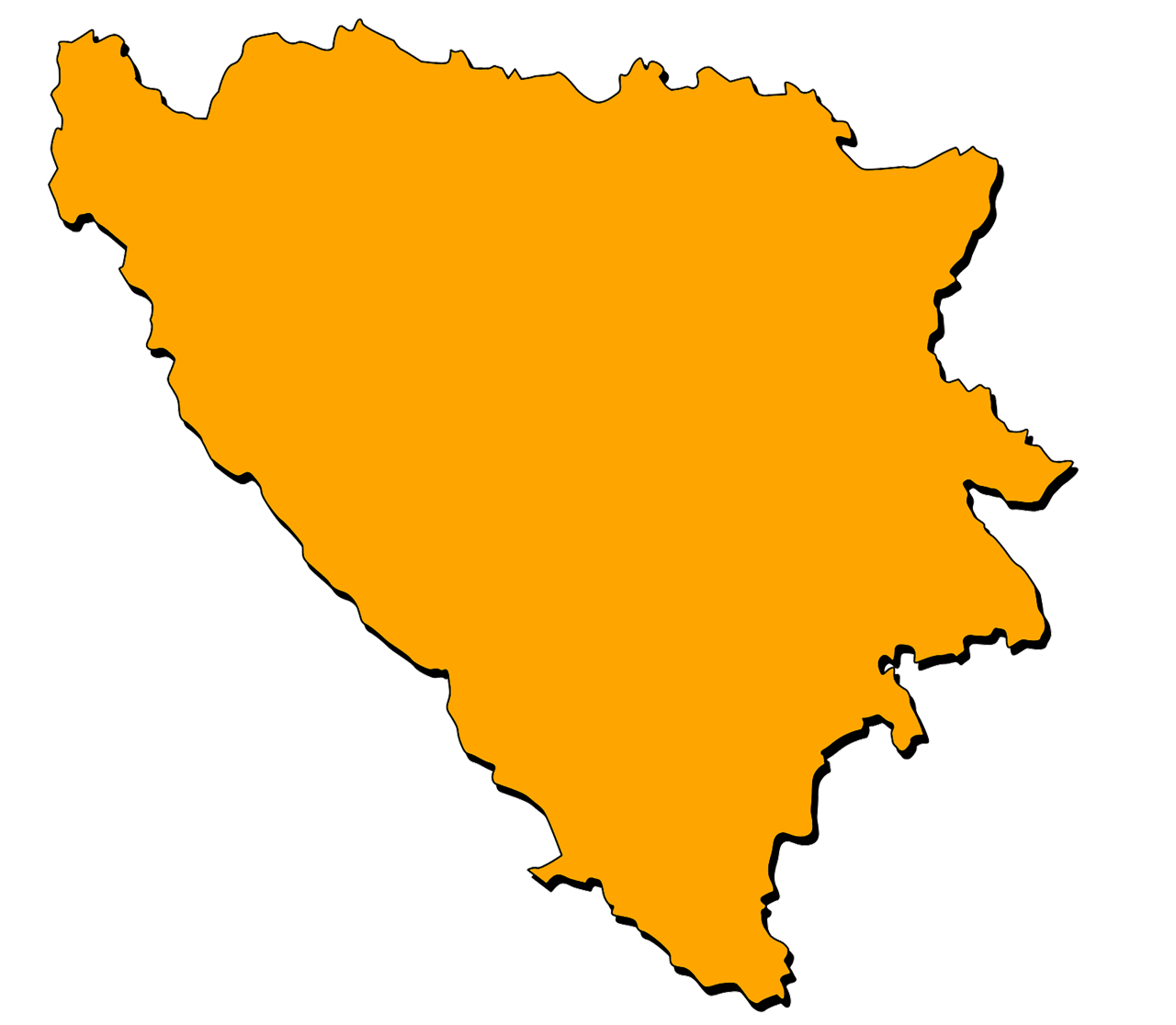
- Winter tires mandatory from 15.11.-15.04.
- Valid up to 3,5 tons vehicle weight and not more than 8 seats
- M+S marking
- Min. tread depth 4,0 mm
- Studs are not allowed
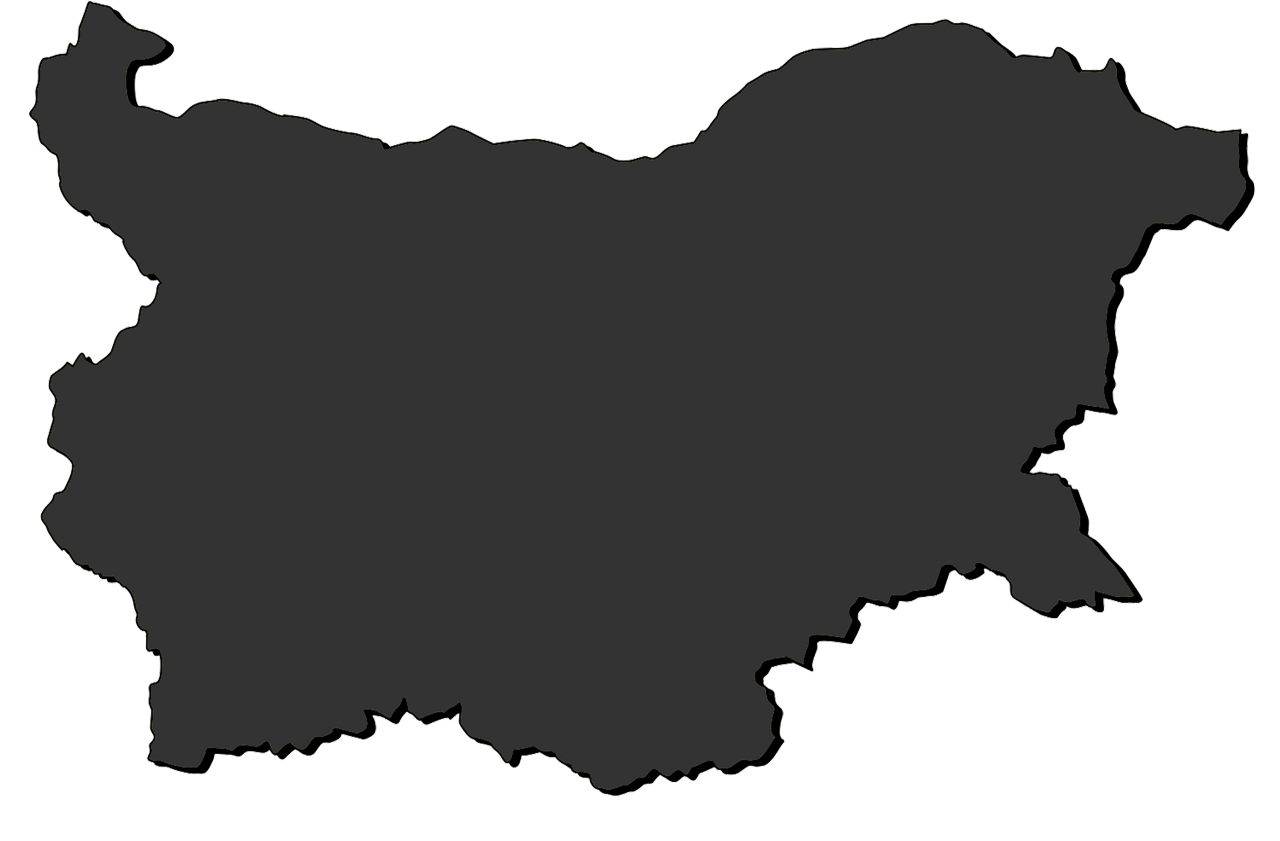
- Winter tires not mandatory
- Studs not allowed
- Min. tread depth 4,0 mm mandatory from 01.11. - 31.3.
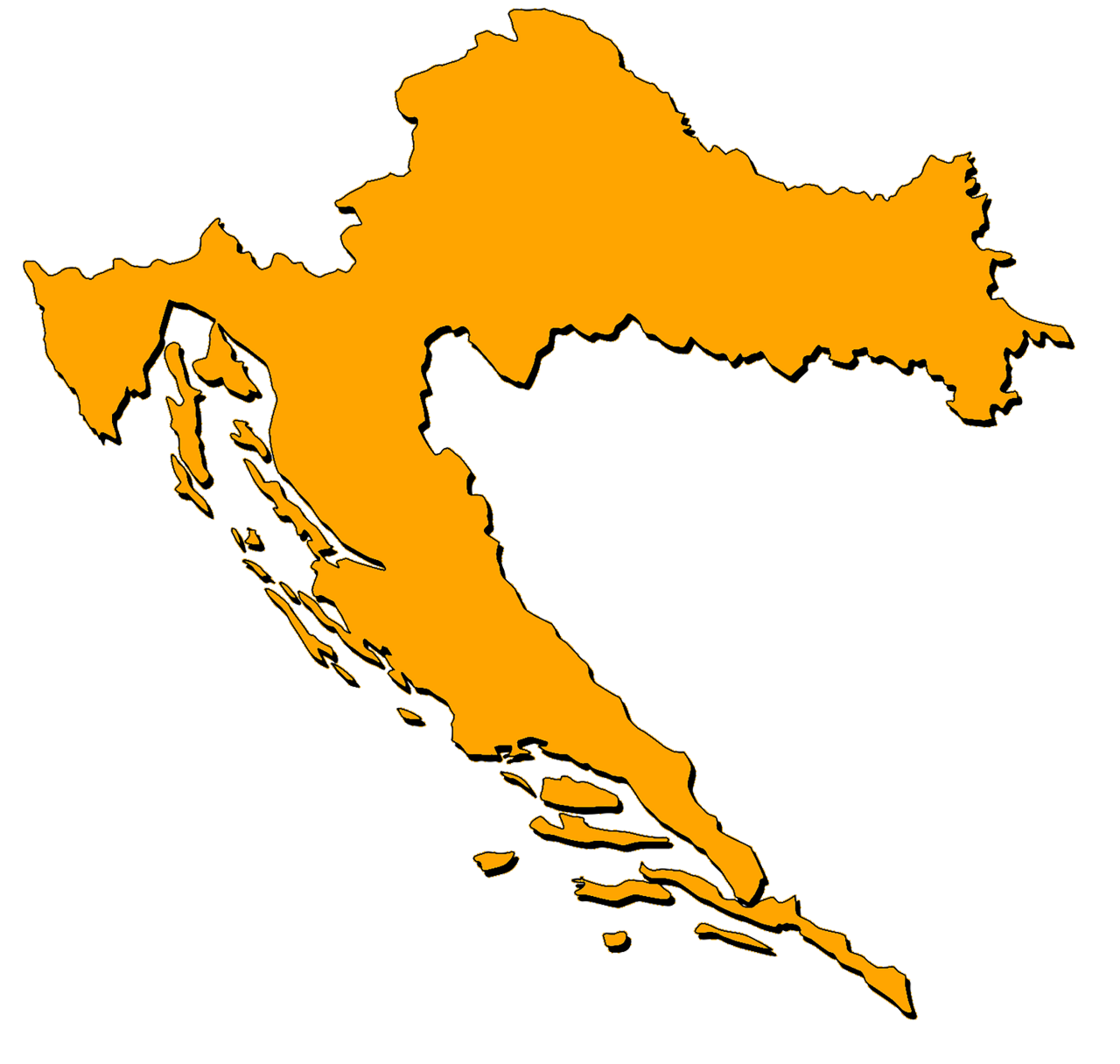
- Winter tires mandatory
- From 15.11. - 15.4.
- Up to 3,5 tons
- M+S marking
- Min. tread depth 4,0 mm
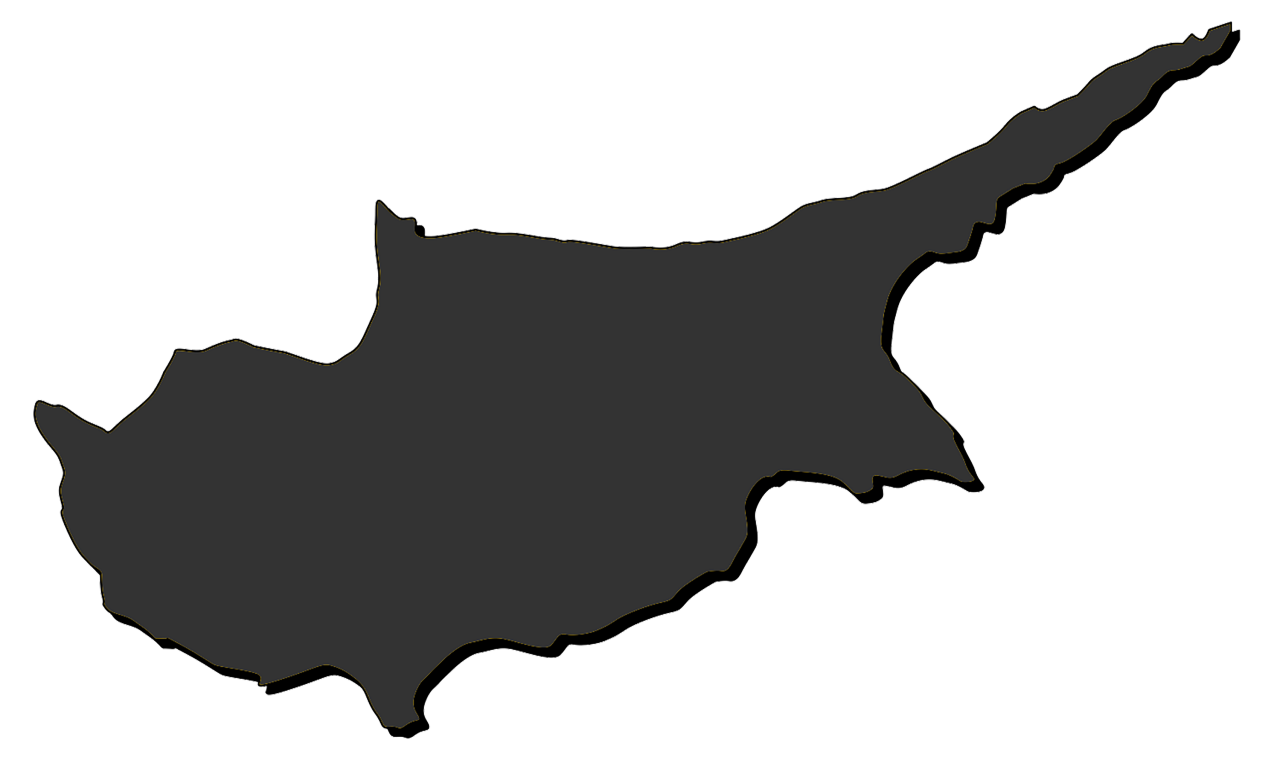
- Winter tires not mandatory
- Valid up to 3,5 tons vehicle weight
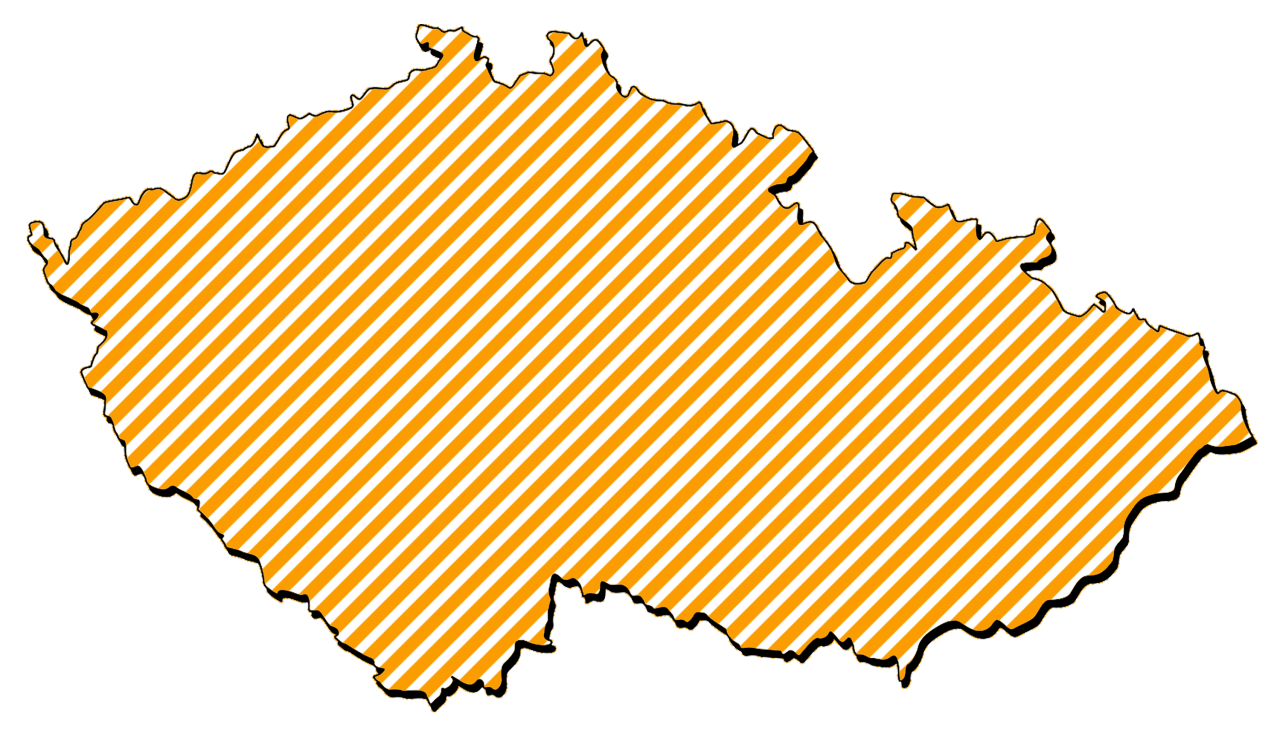
- Situationally depending on winterly road conditions from 1.11. - 31.3.
- M+S marking
- Min. tread depth 4,0 mm
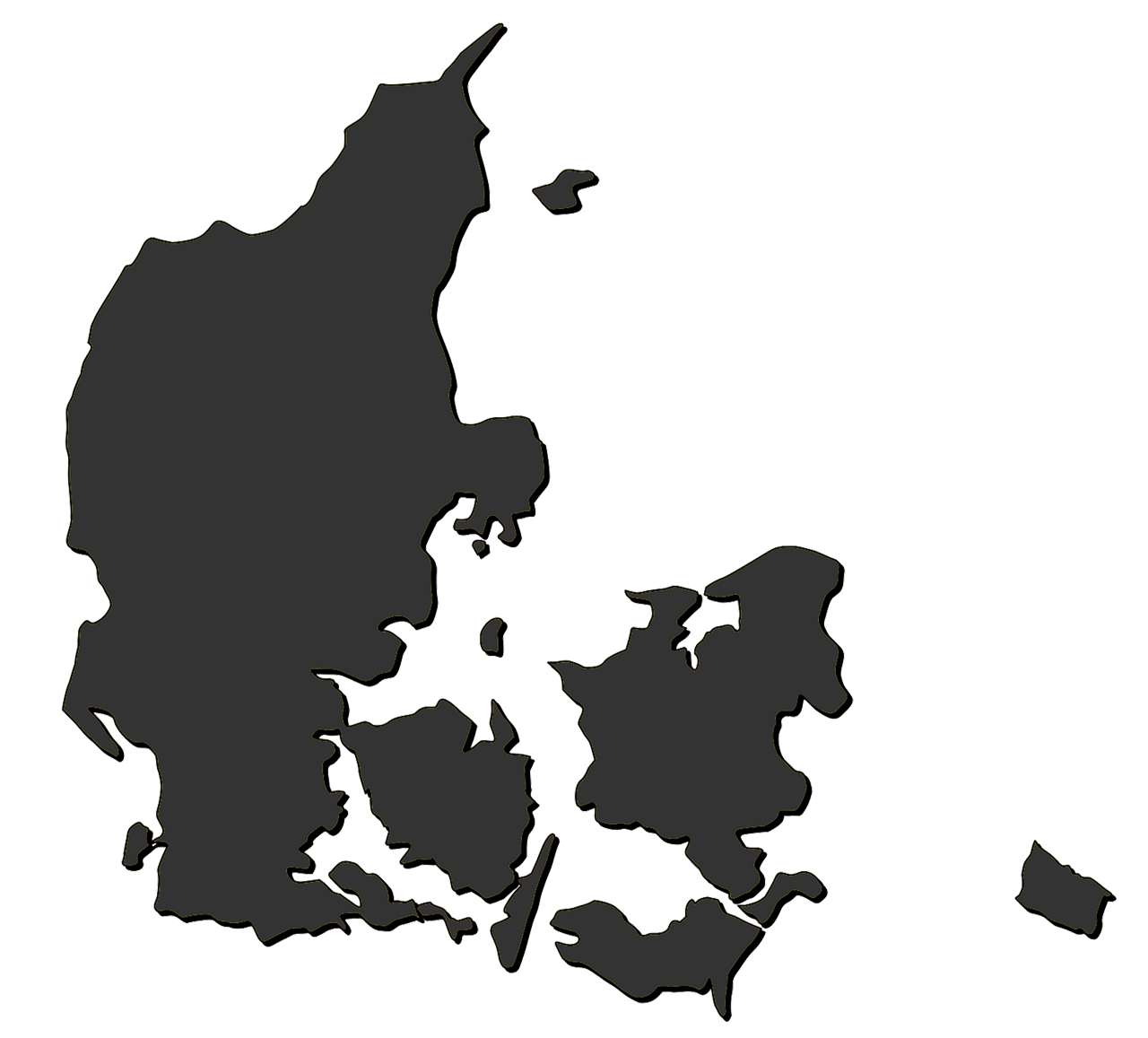
- Winter tires not mandatory
- Studded tires allowed from 1.11. - 15.4.
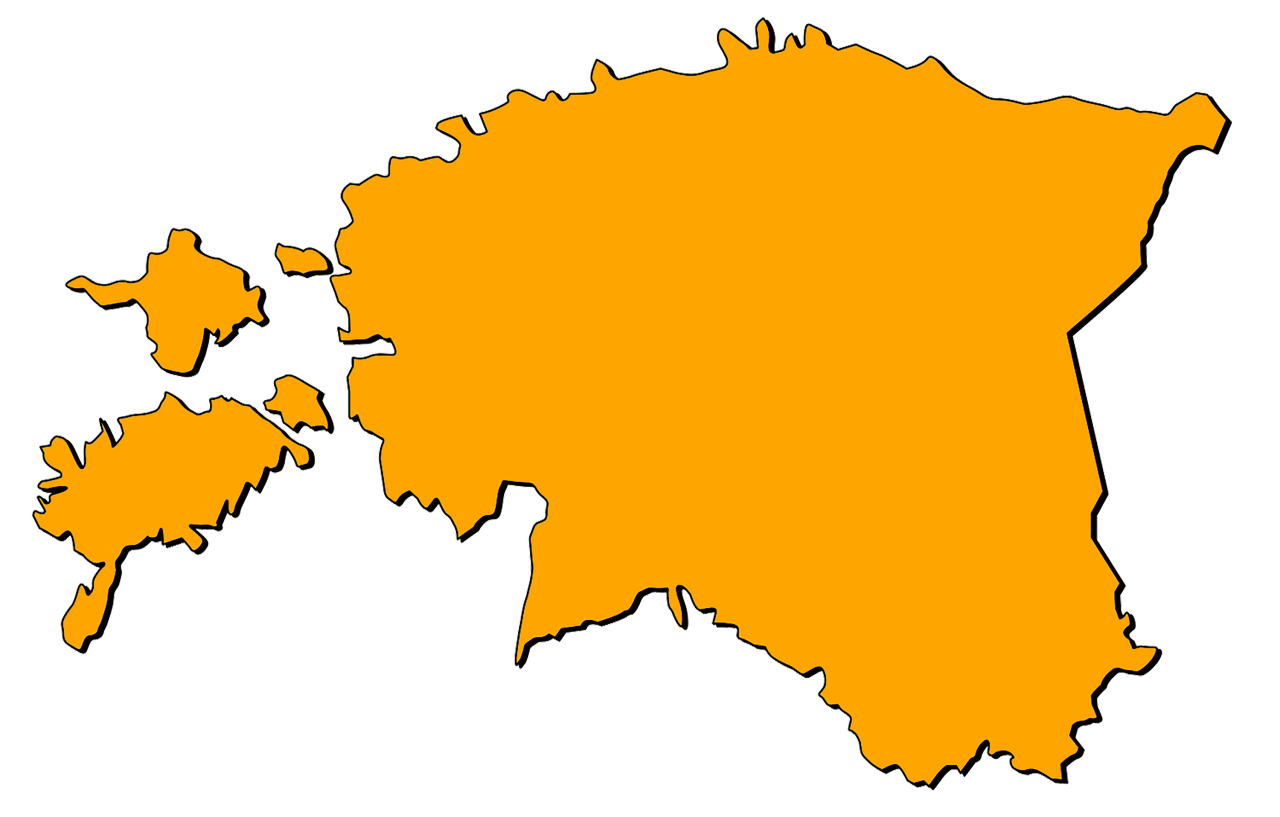
- Mandatory to use winter tires 1.12. – 1.3.
- M+S marking
- Min. tread depth 3,0 mm
- Studded tires can be used from 15.10. - 31.03.
- From 01.12.2022 Alpine symbol (3PMSF) required for studded tires (exception POR tires)
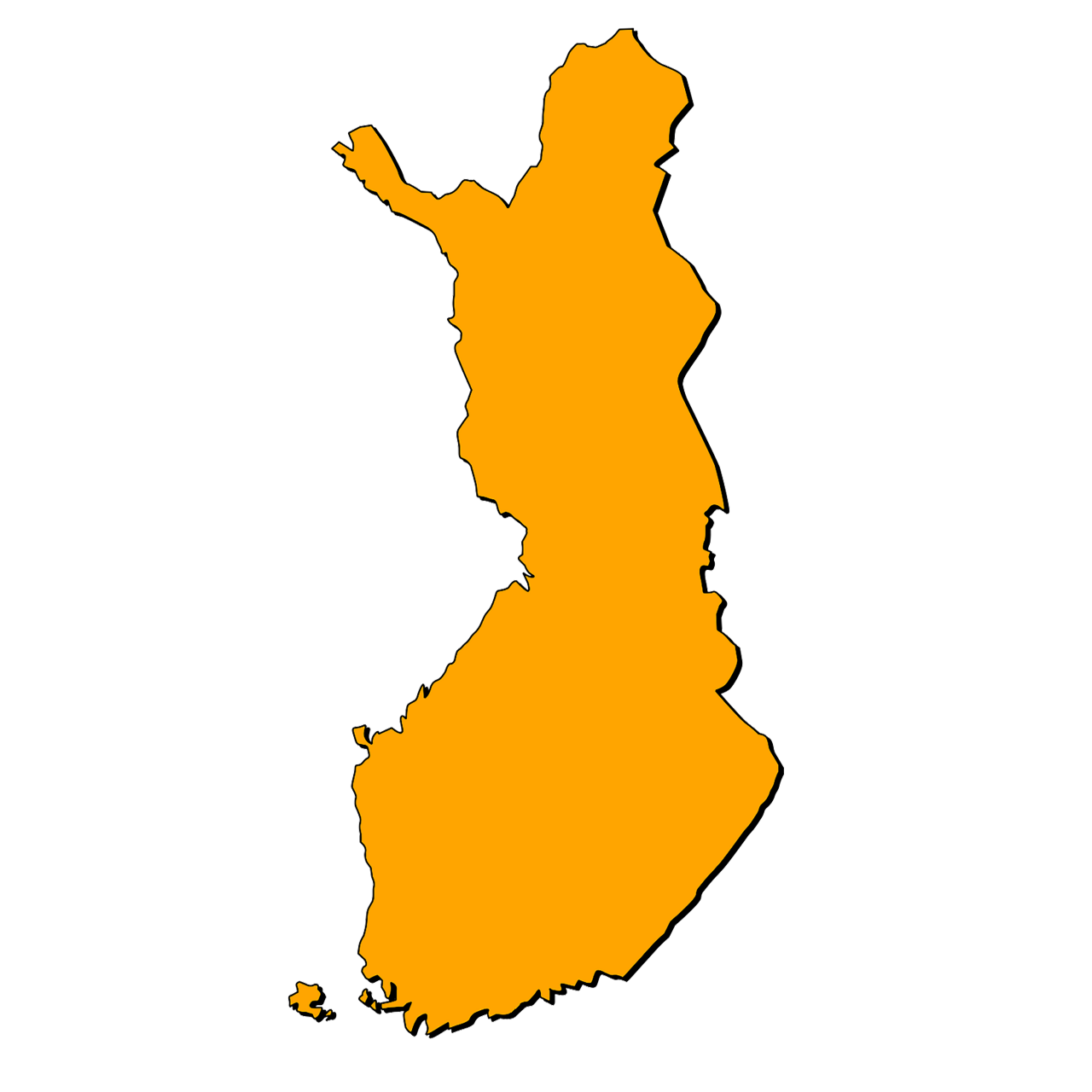
- Mandatory to use winter tires 1.11. - 31.03., if road conditions require it
- Min. tread depth 3,0 mm
- Studded tires can be used from 1.11. - 31.03. or first Monday after Easter, outside this time can be used if "winter" conditions
- Valid up to 3,5 t vehicle weight
- M+S marking
- Tires with M + S marking can still be used until November 30th, 2024. Thereafter, only tires with the Alpine symbol (3PMSF) or studded tires are considered winter tires
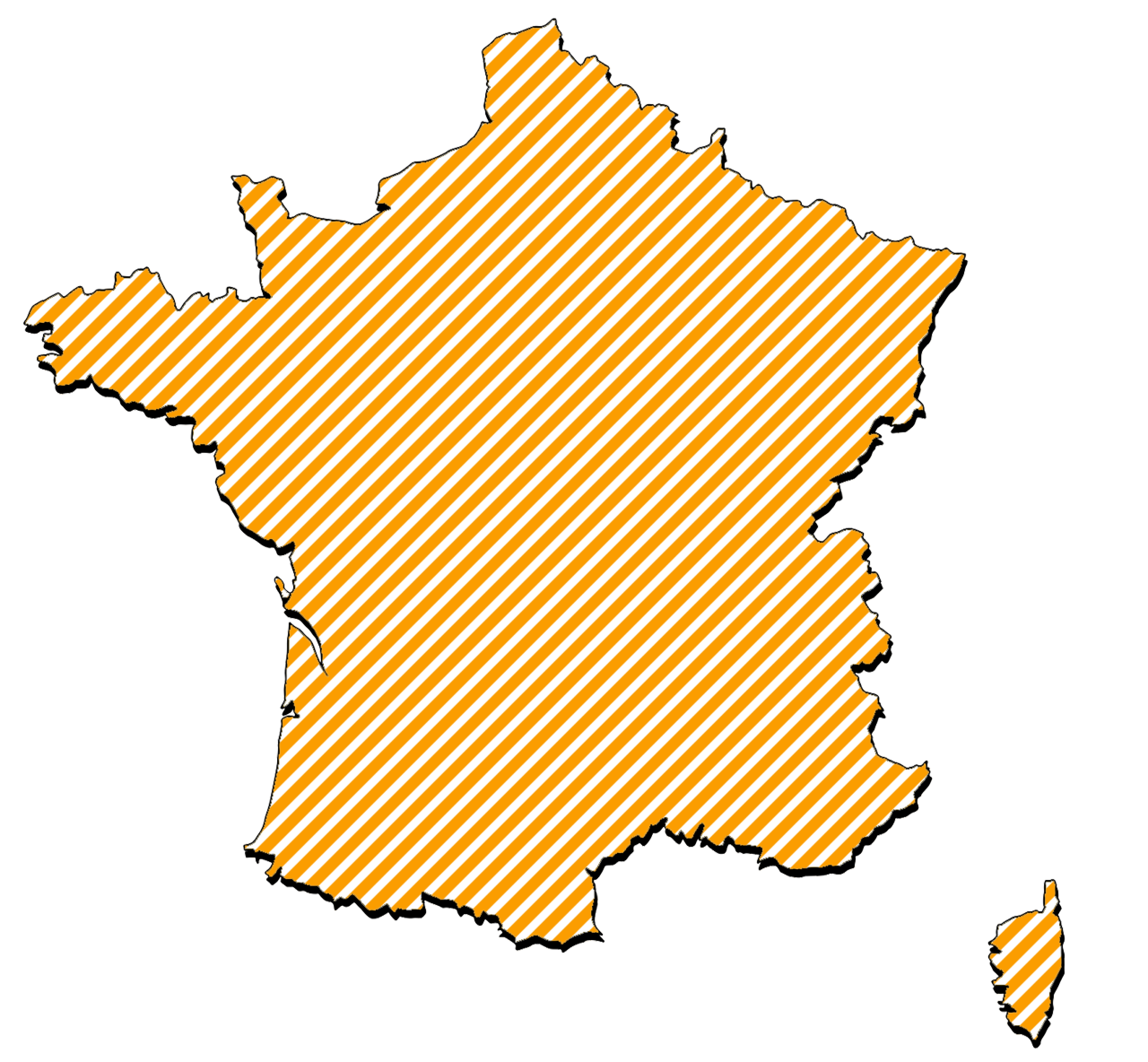
- Based on a decision of the prefect, vehicle must use winter equipment (winter tires and/or snow chains) in the period from 1.11. to 31.03.
- Winter tires shall be marked with Alpine symbol (M+S marked tires are allowed until 1.11.2024)
- Snow chains, indicated by road signs
- Snow chains must be used if winter condition or signs indicate
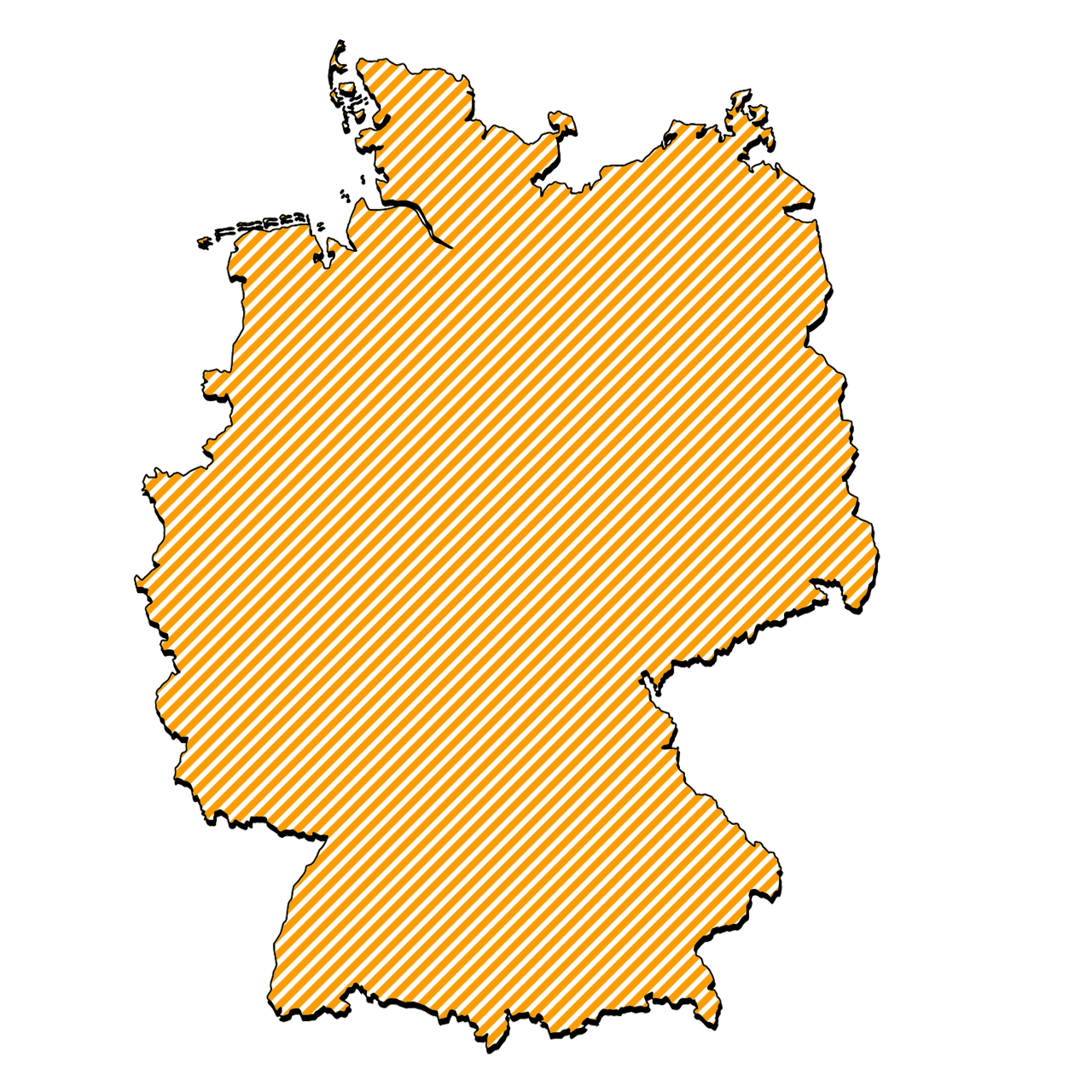
- Depending on winter weather conditions
- Situational winter tires are mandatory
- Valid up to 3,5 tons vehicle weight
- M+S marking
- Min. tread depth 1,6mm
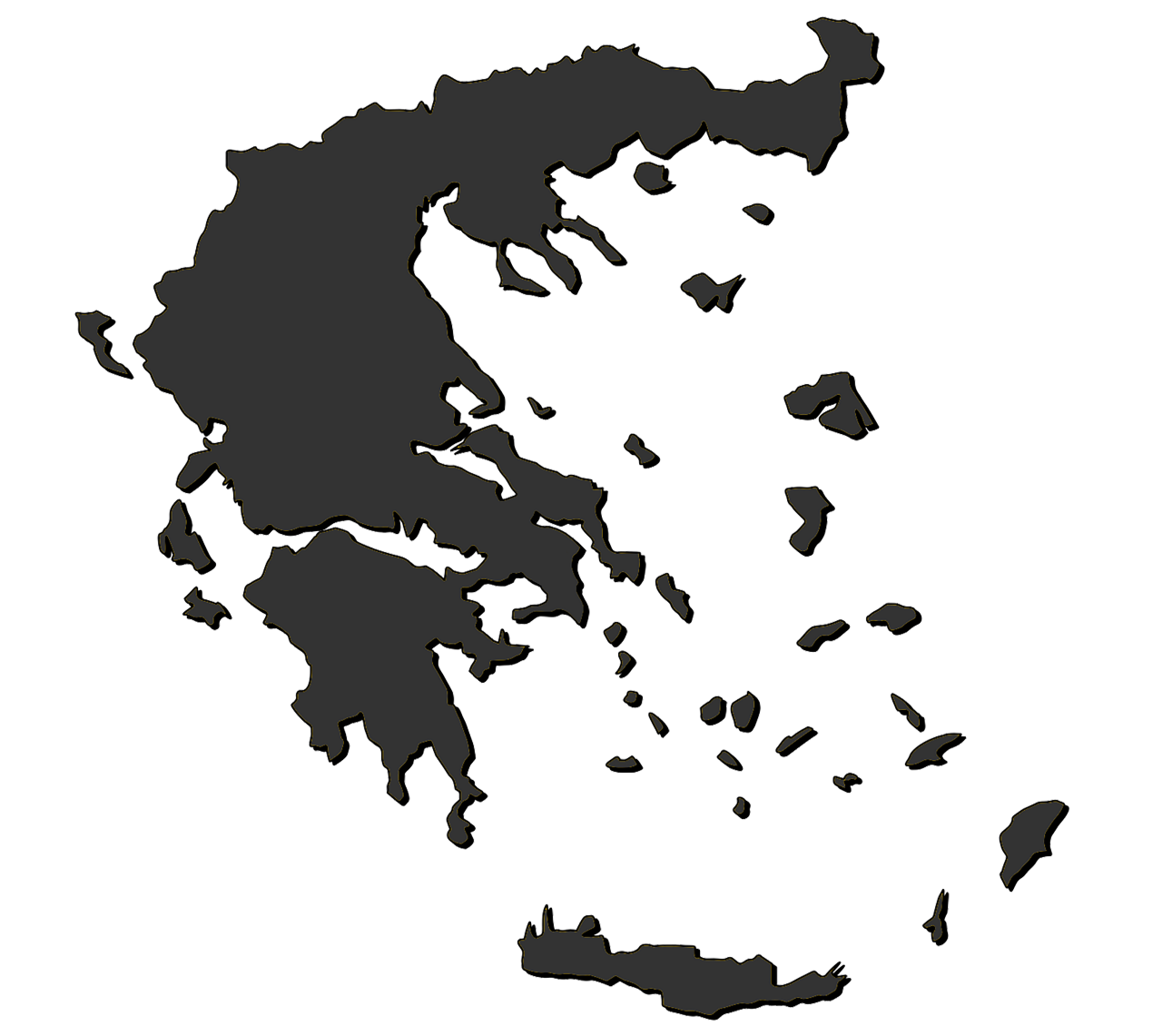
- Winter tires not mandatory
- Valid up to 3,5 tons
- Snow chains allowed, max. speed limit 50 km/h
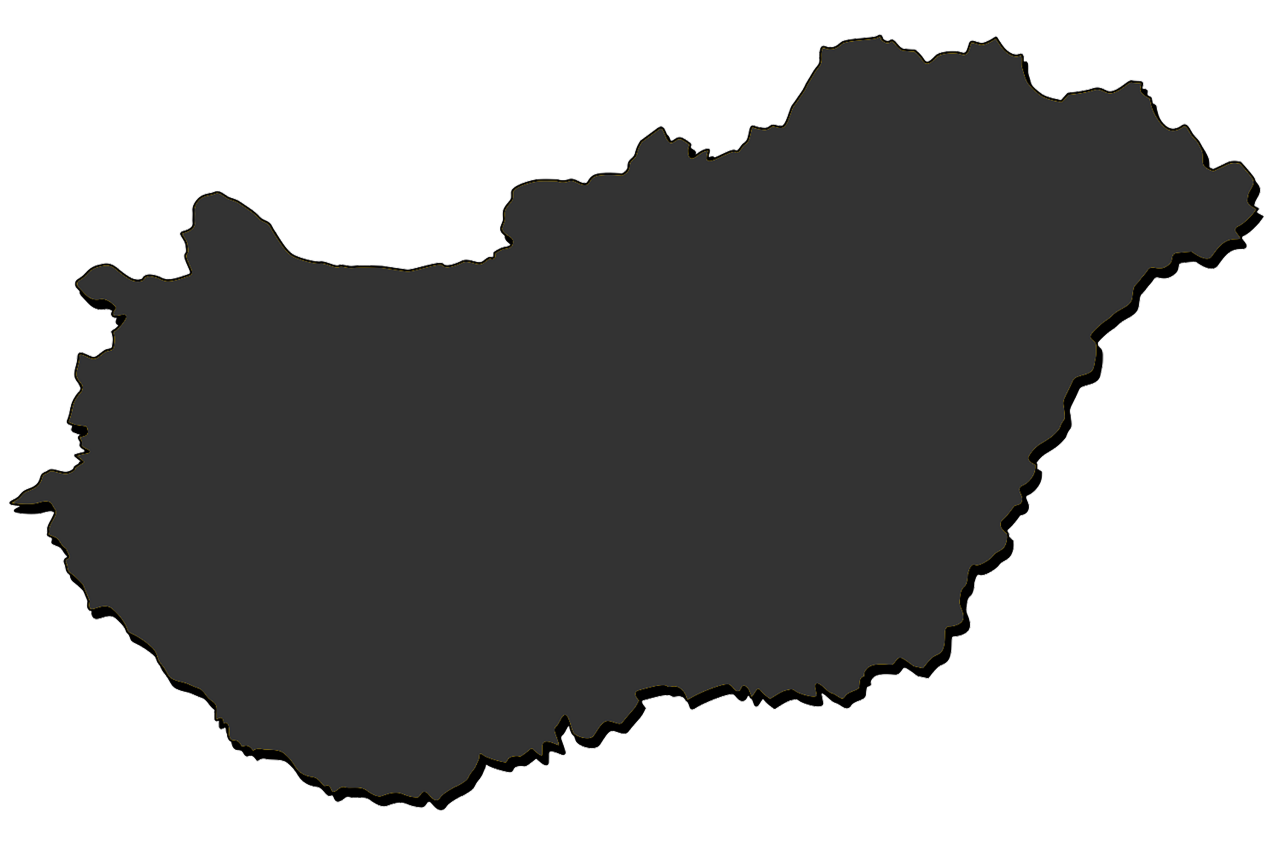
- Winter tires not mandatory
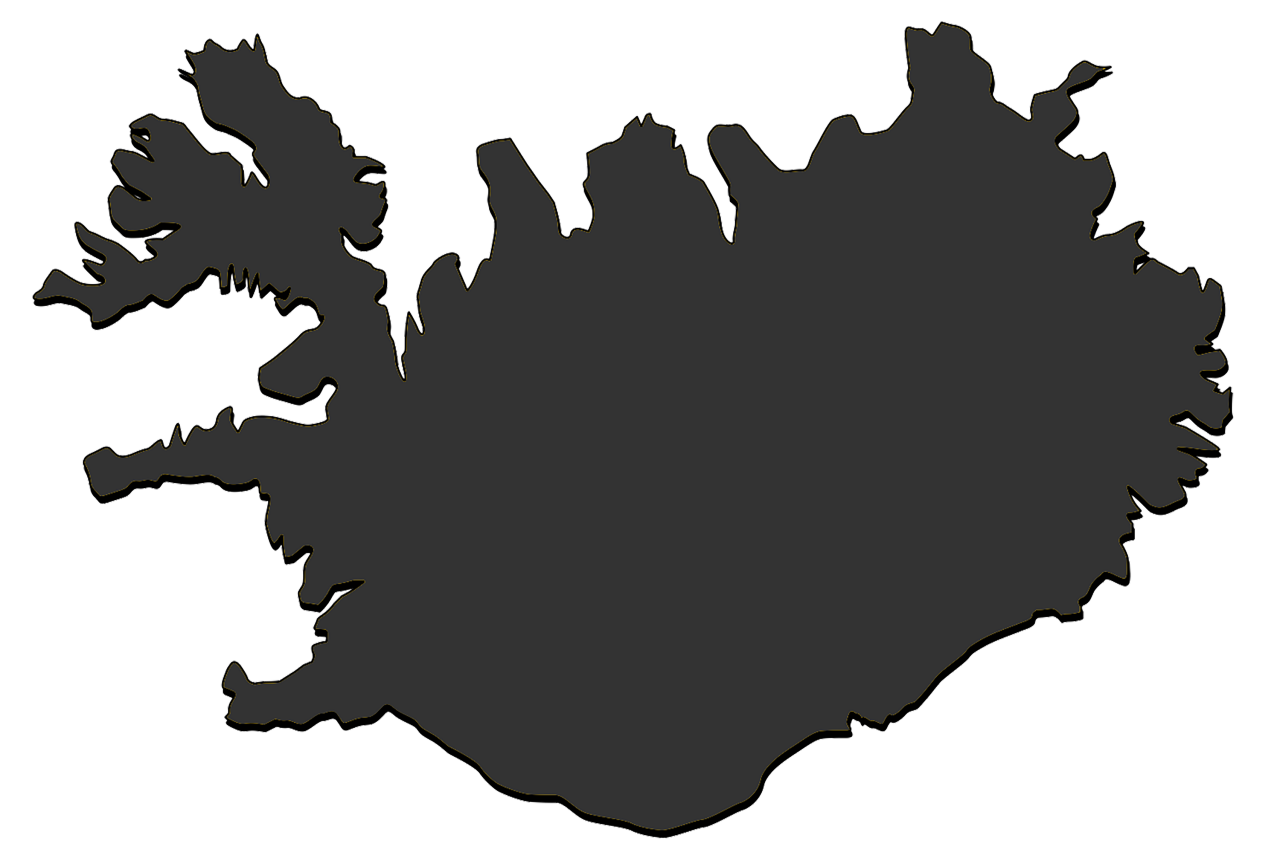
- Winter tires not mandatory
- Min. tread depth 1,6 mm
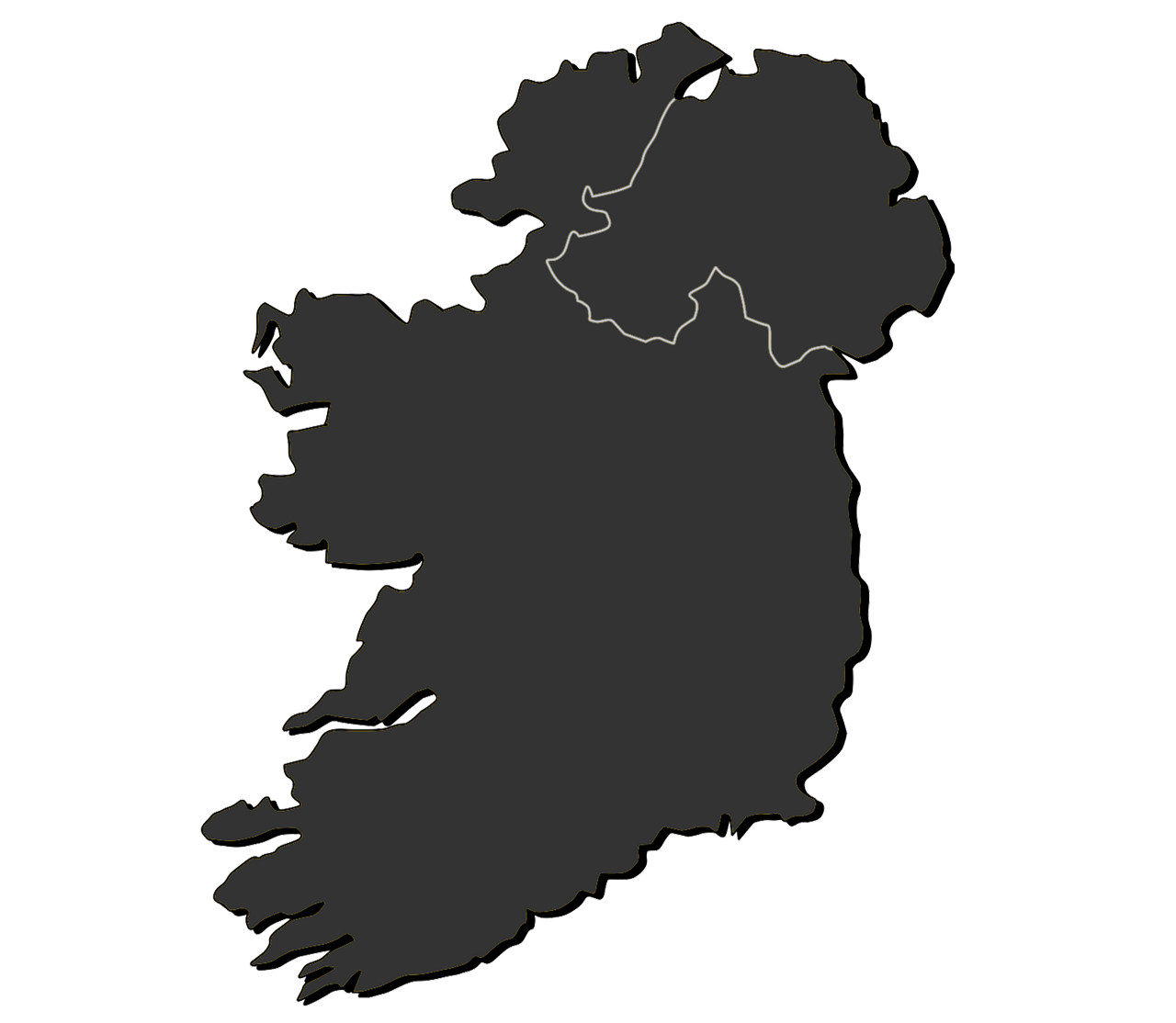
- Winter tires not mandatory
- Valid up to 3,5 tons vehicle weight
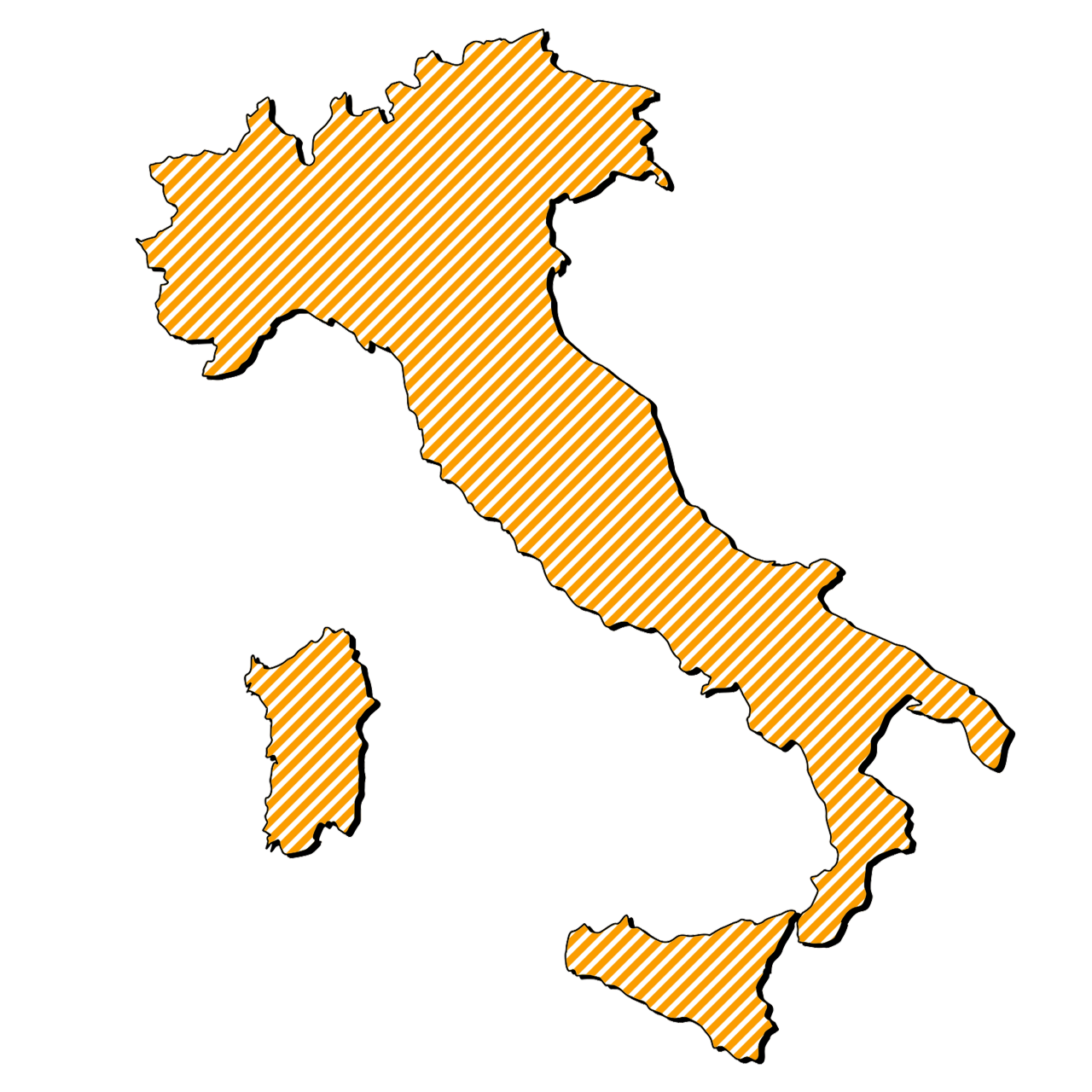
- Winter Tire Obligation in places from 15.11. - 15.04.
- Valid up to 3,5 tons vehicle weight
- M+S marking
- Extention: 1 month for mounting (15.10. - 15.11.) and 1 month for dismounting (15.04. - 15.05.)
- Min. tread depth 1,6 mm
- Winter Tires allowed in summer (16.05. - 14.10.) if the speed index is the same or higher of the one in the vehicle registration paper
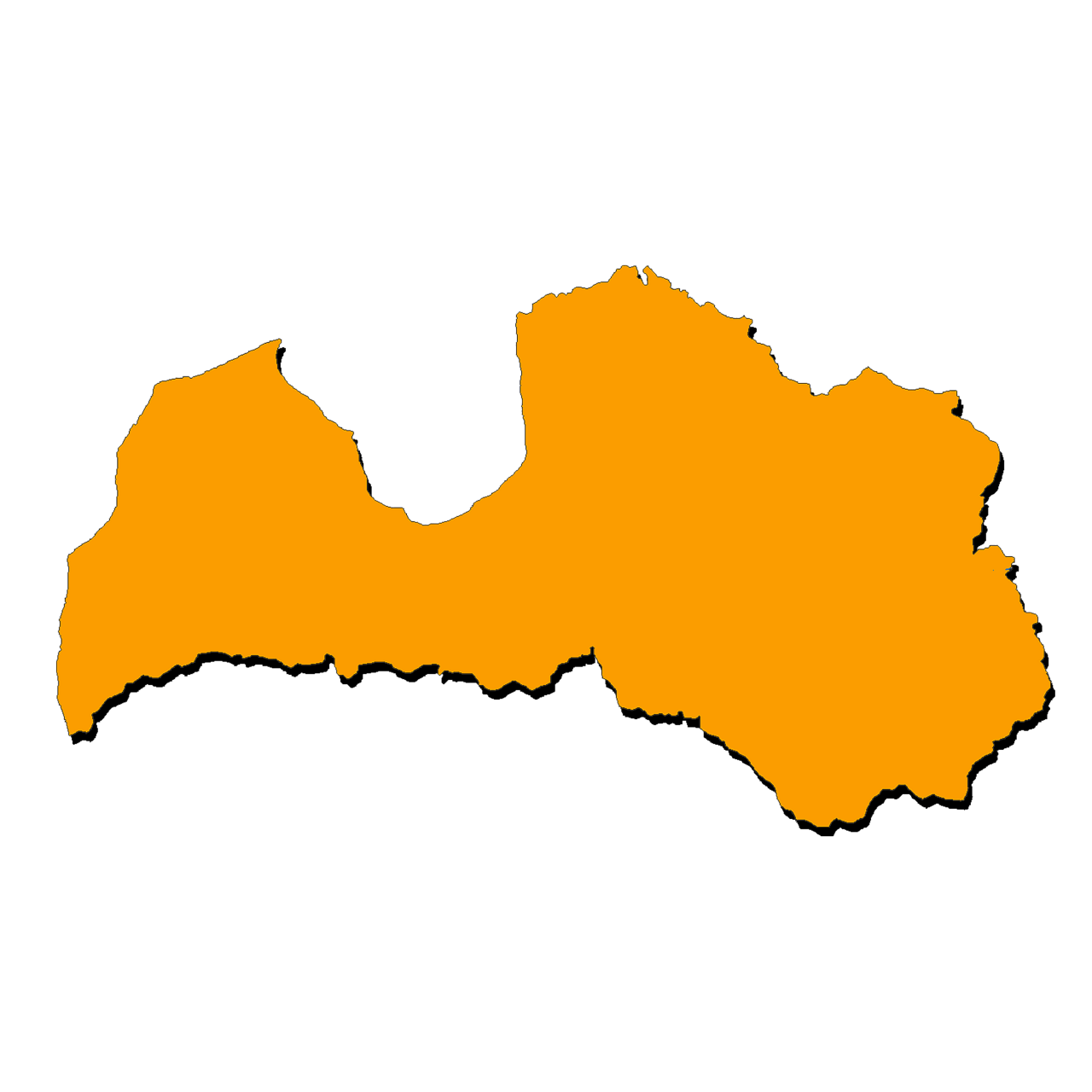
- Winter tires mandatory from 01.12. - 01.03.
- M+S marking
- Min. tread depth 4,0 mm
- Studded tires can be used from 01.10. - 01.05.
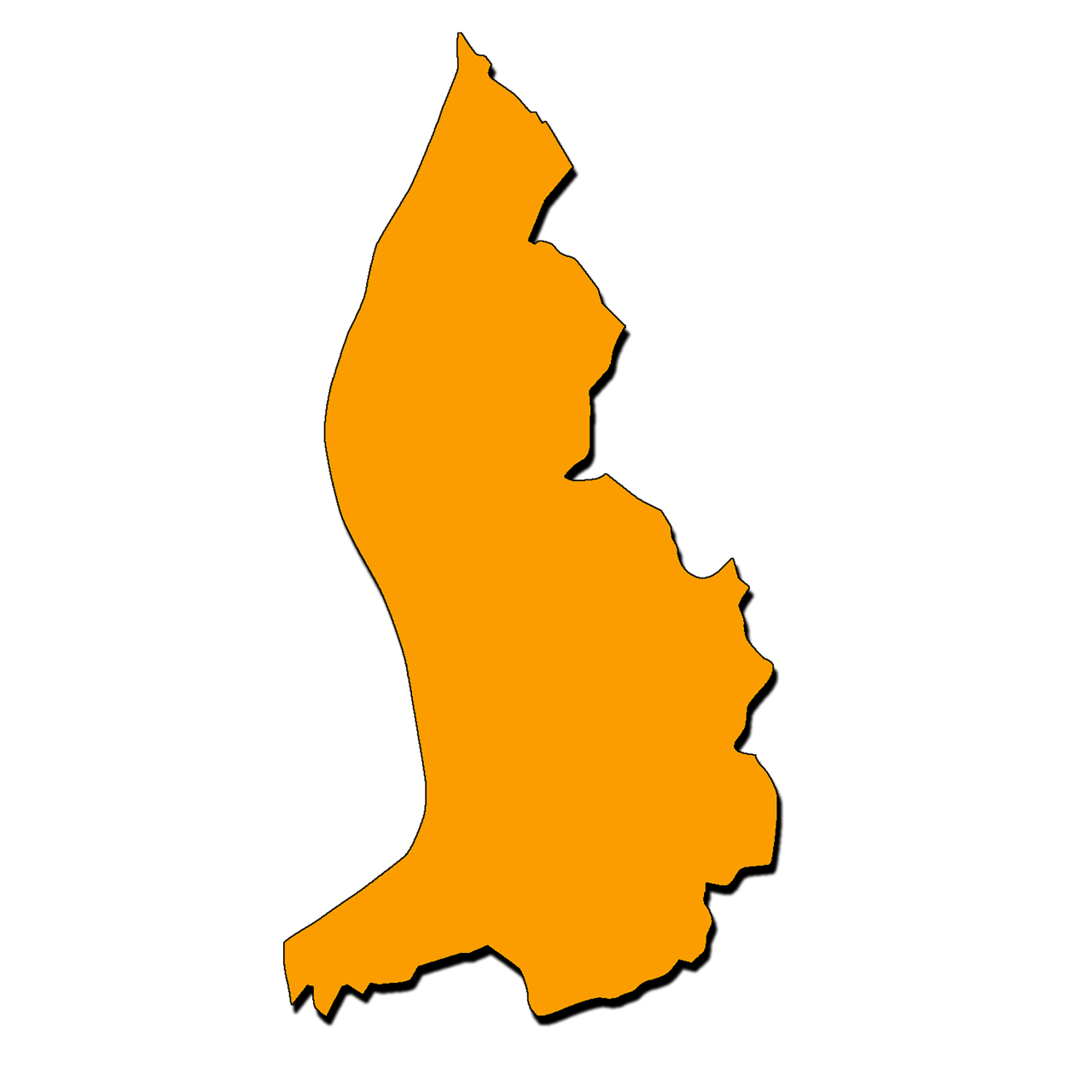
- No general winter tire regulations, regional regulations are possible in winter road conditions (f.e Pass-Roads)
- Min. tread depth for winter tires 1,6 mm
- In case of an accident with summer tires in wintry conditions, be aware of liability issues
- If authorities announce snow chain obligation, only snow chains are permitted (four-wheel drive may be excluded)
- Use of snow chains in case of respective road signs and conditions
- Studded tires are permitted for vehicles <7.5 t GVW between November 1 and April 30 or on snowcovered roads
- Max speed 80 km/h
- Vehicles with studded tires have to be labled with a sticker 80 km/h
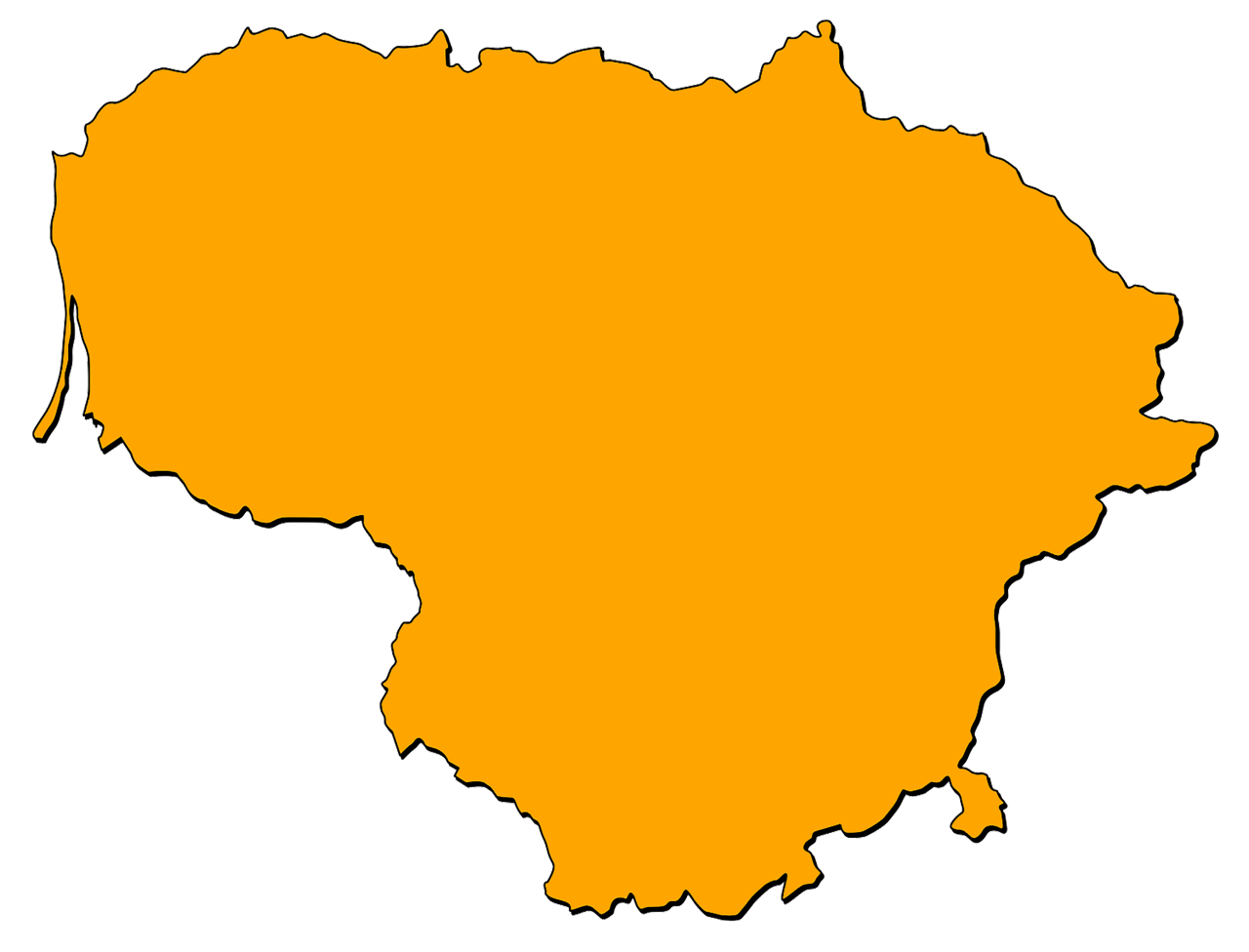
- Winter tires mandatory from 01.11. - 01.04.
- M+S marking
- Min. tread depth 1,6 mm
- Studded tires can be used as all other winter tires during the mandatory winter period
- Min. tread depth 3,0 mm
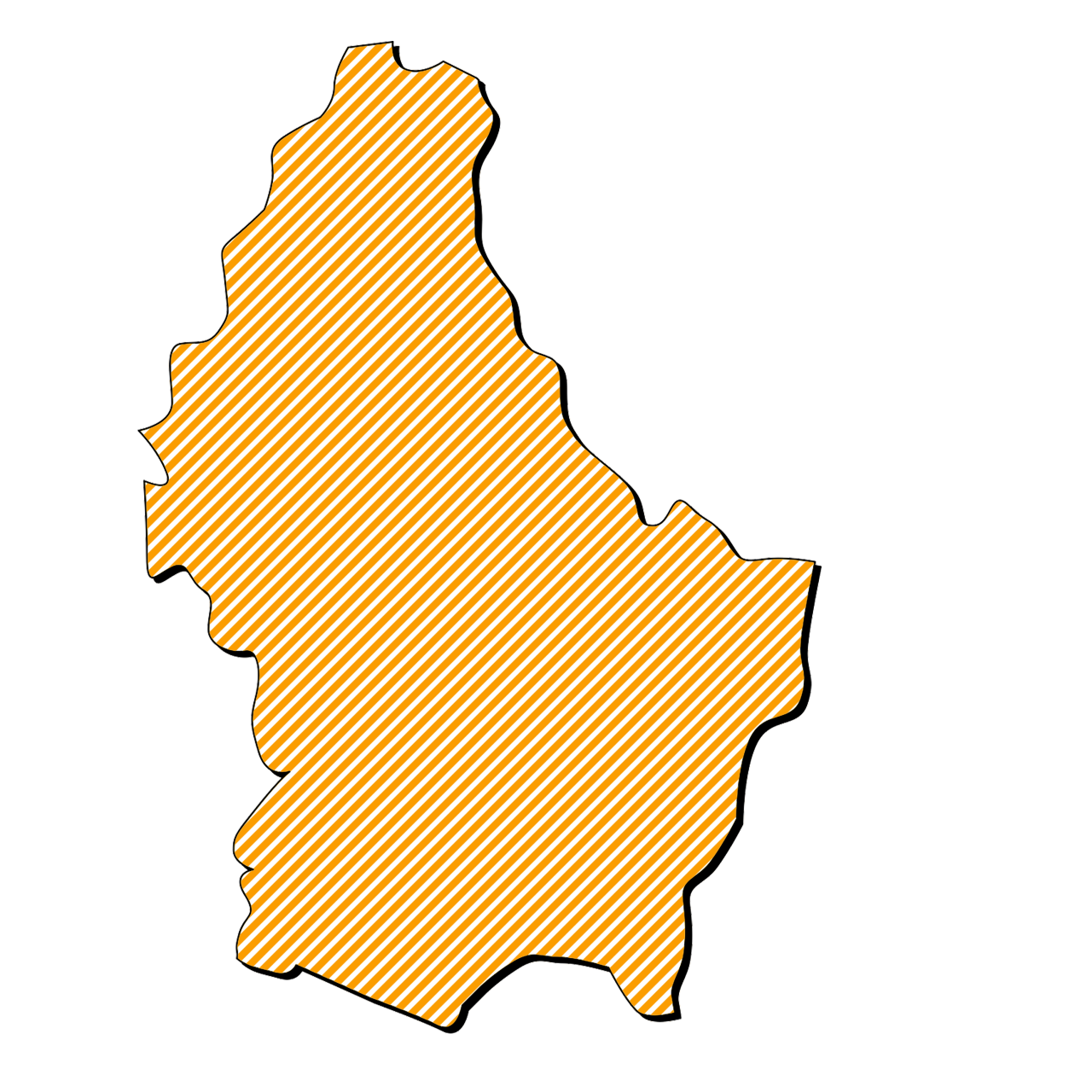
- Depending on winter weather conditions
- Valid up to 3,5 t vehicle weight
- M+S marking
- Min tread depth 1,6 mm
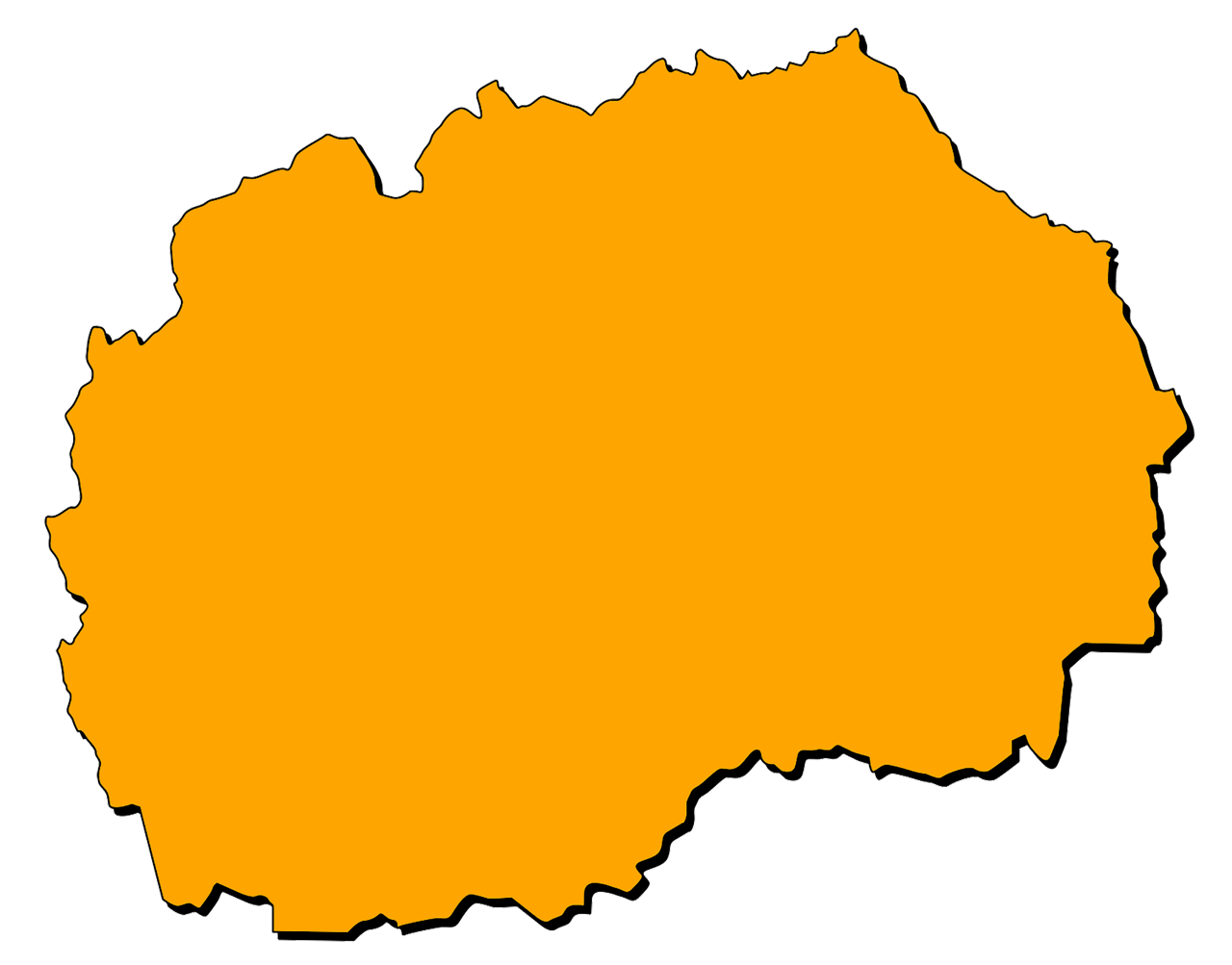
- Winter tires mandatory from 15.11.-15.03.
- M+S marking
- Min. tread depth 4,0 mm
- Studs not allowed
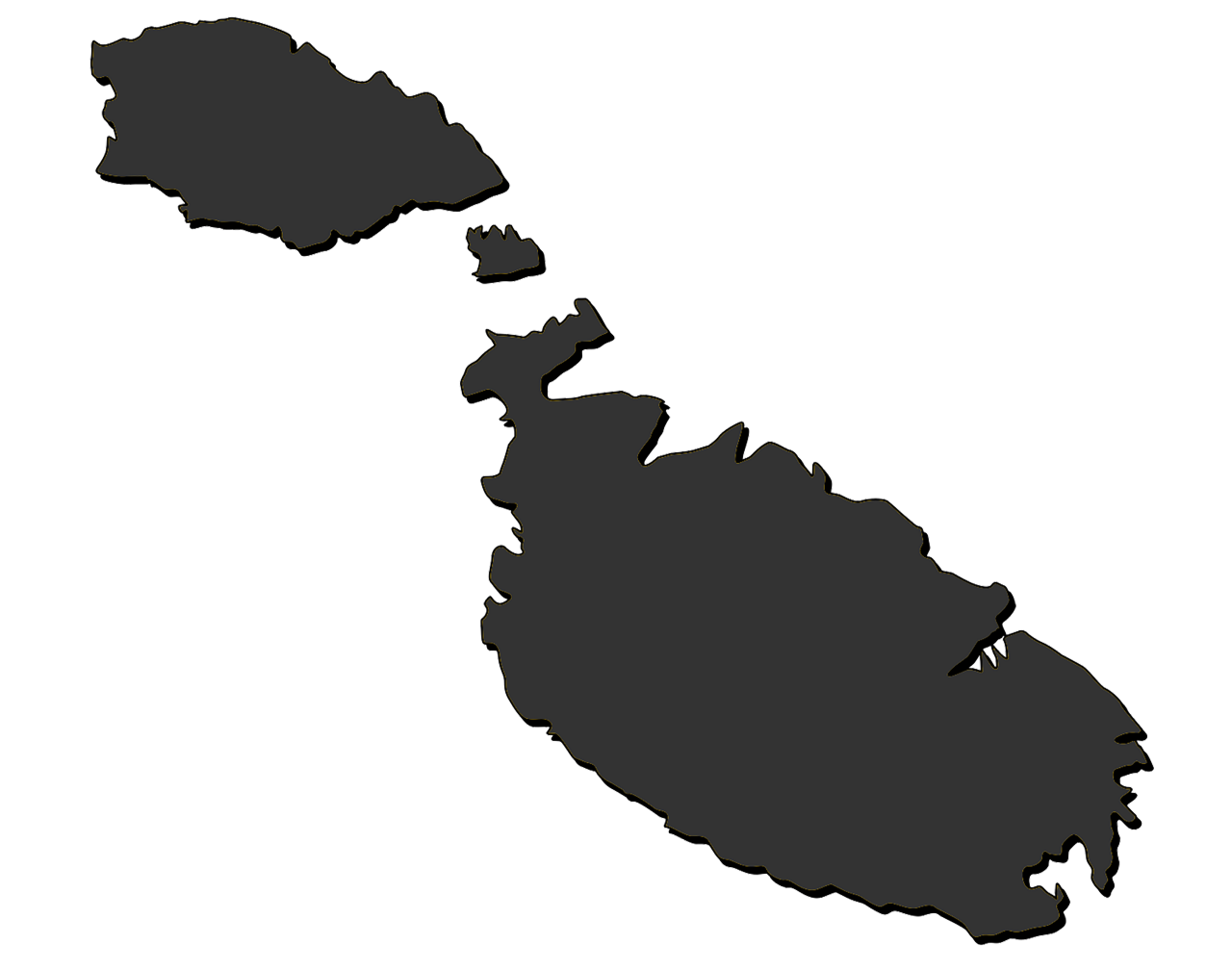
- Winter tires not mandatory
- Valid up to 3,5 tons vehicle weight
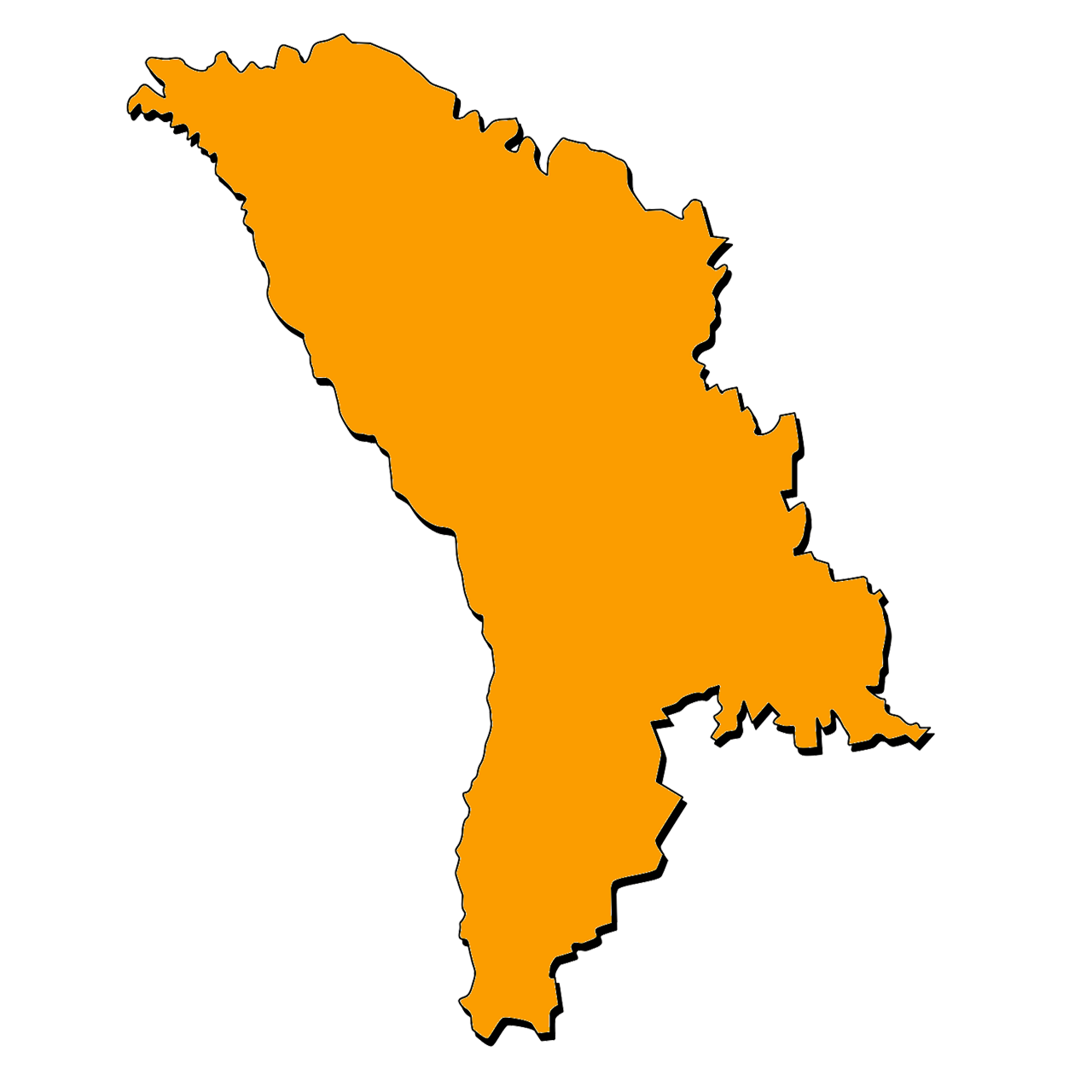
- Depending on winter weather conditions from 01.12. - 31.03.
- Valid up to 3,5 tons vehicle weight
- M+S marking
- Studs allowed from 01.12. - 01.03.
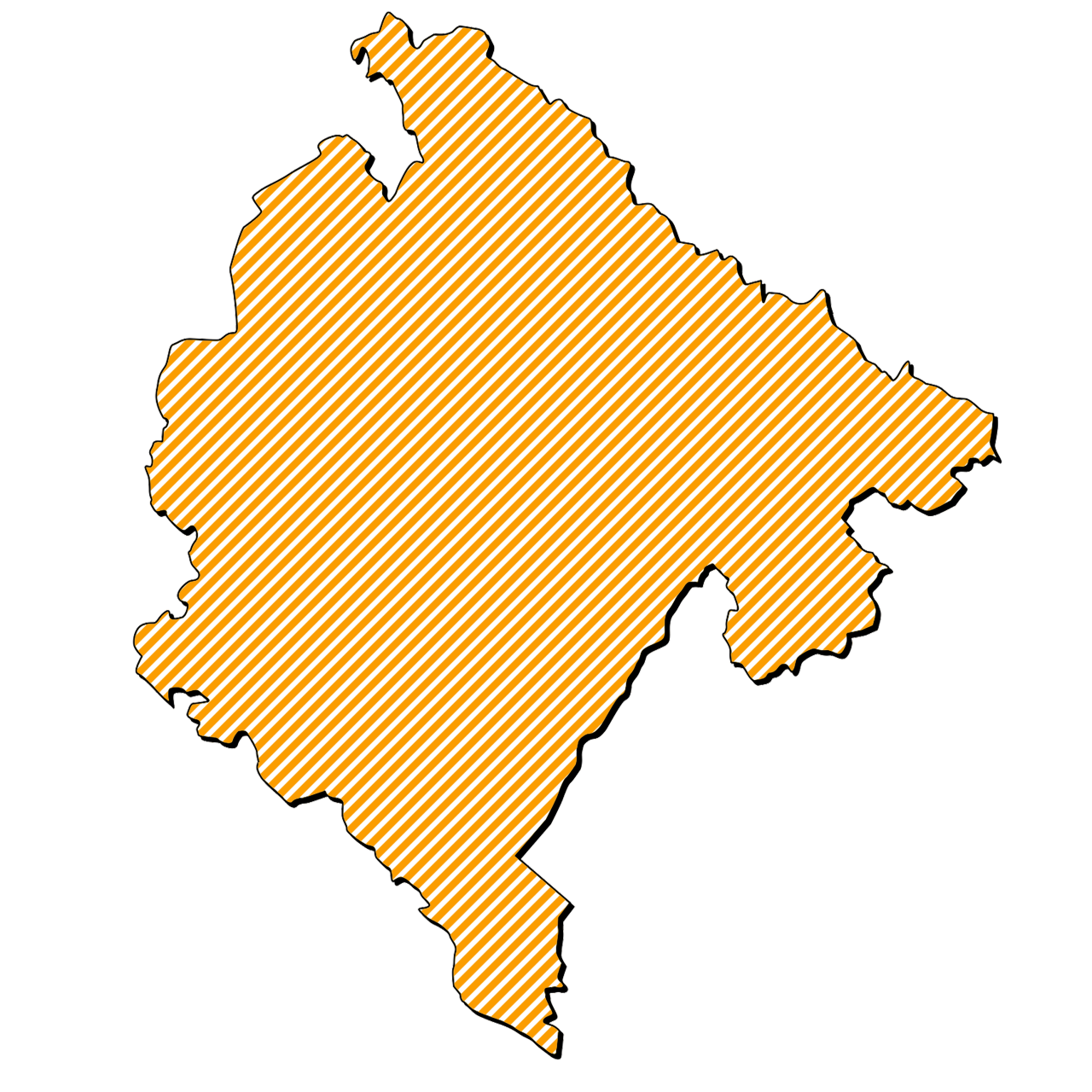
- Winter tires mandatory from 15.11. - 01.04.
- Winter tires mandatory up to 3,5 tons
- Min. tread depth 4,0 mm
- M+S marking
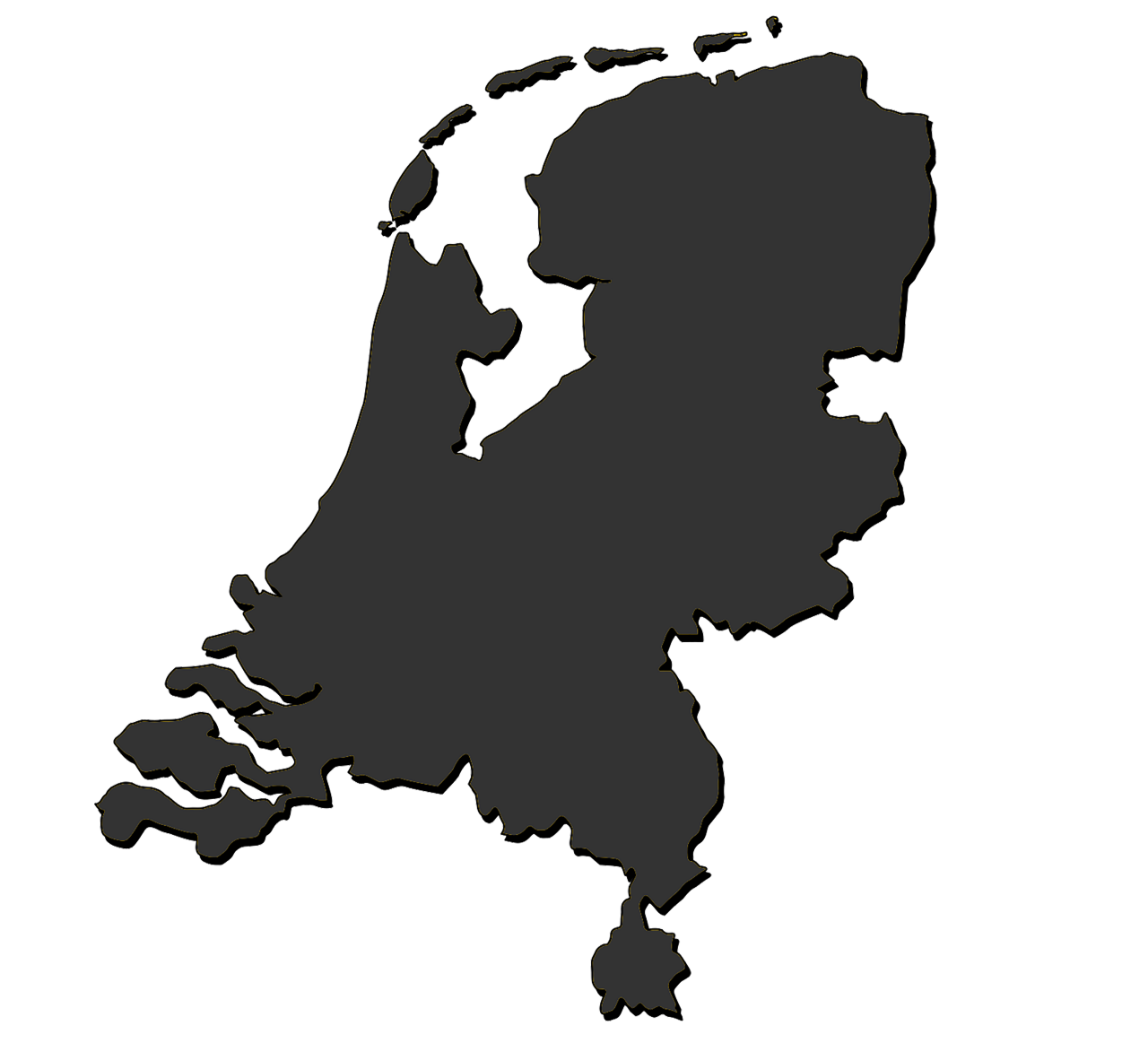
- Winter tires not mandatory
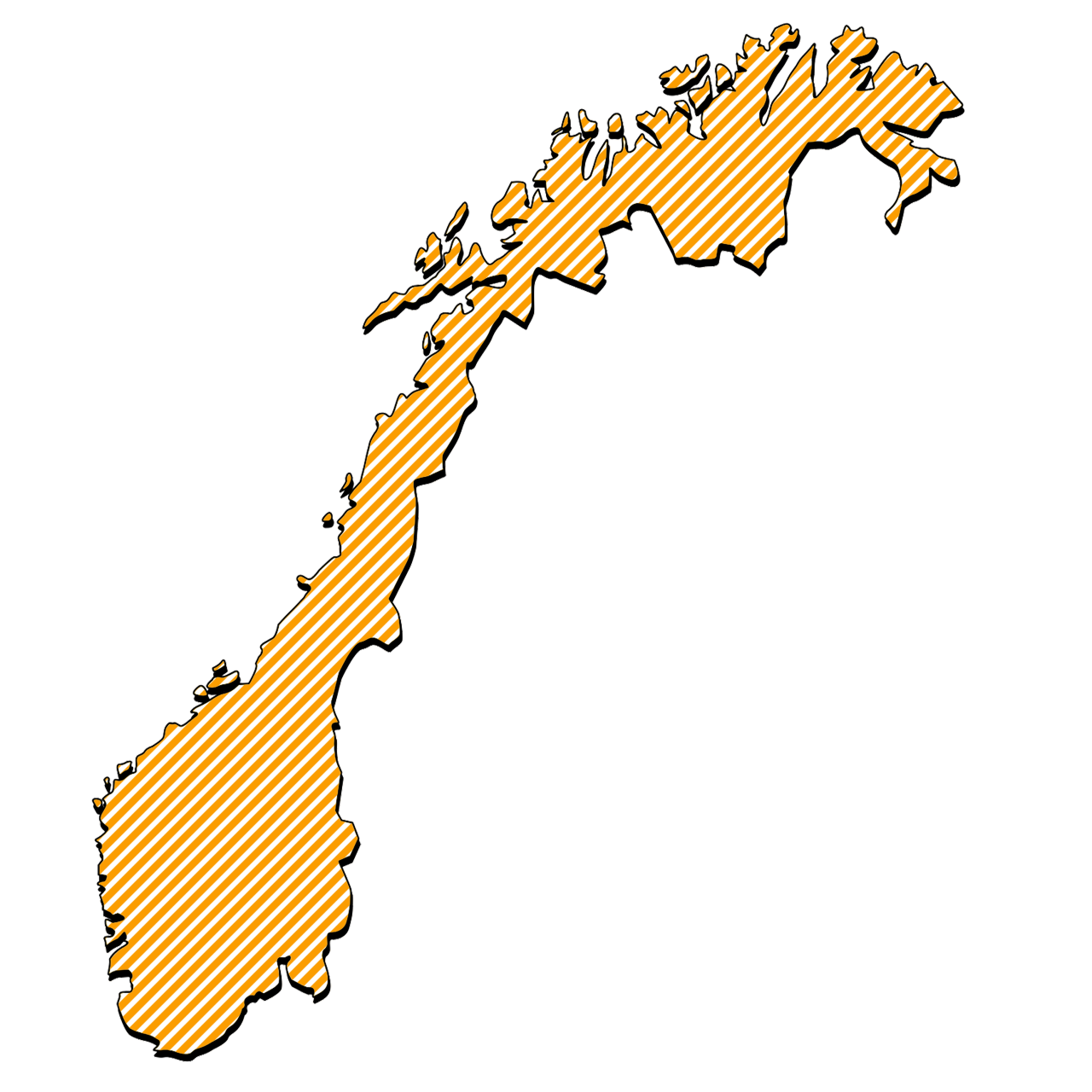
- Depending on winter weather conditions
- Valid up to 3,5 t vehicle weight
- M+S especially developed for winter use and / or Alpine symbol (3PMSF)
- Min. tread depth 3,0 mm
- Studded tires allowed
- From 01.11. to 1st Monday after Easter in the South
- From 15.10. to 30.04. in the North
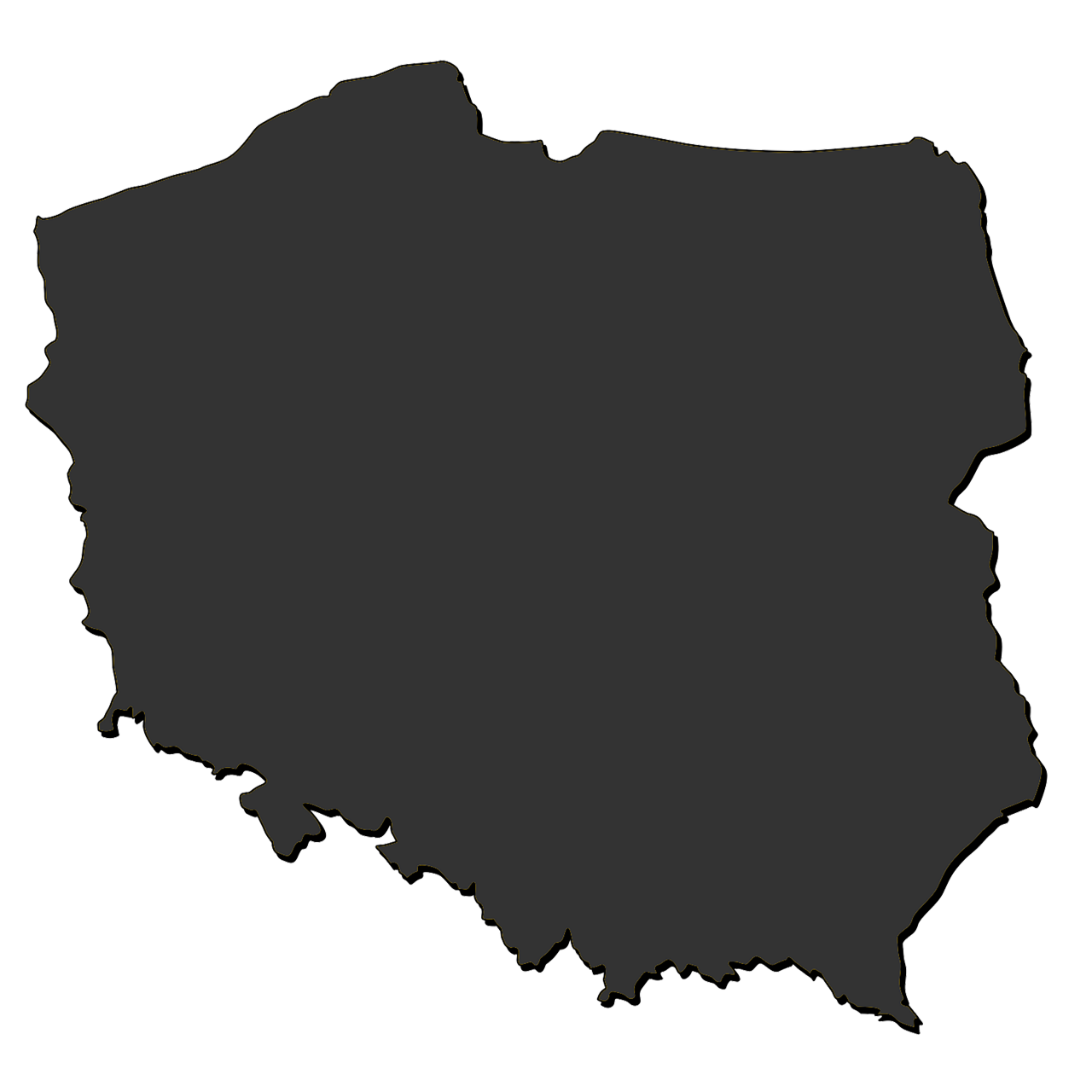
- Winter tires not mandatory
- Valid up to 3,5 t vehicle weight
- Snow chains only allowed on roads covered with snow and ice
- Studded tires not allowed
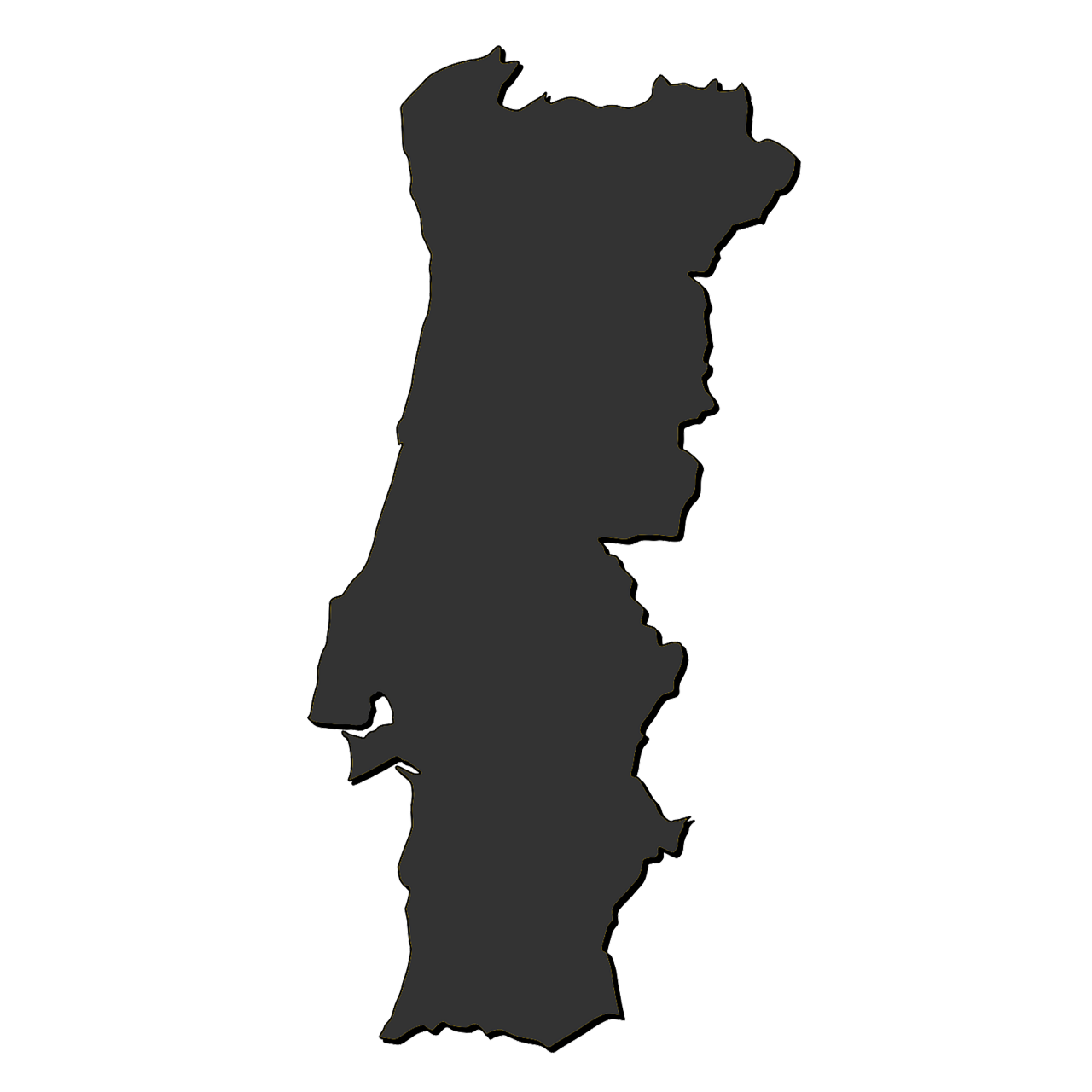
- Winter tires not mandatory
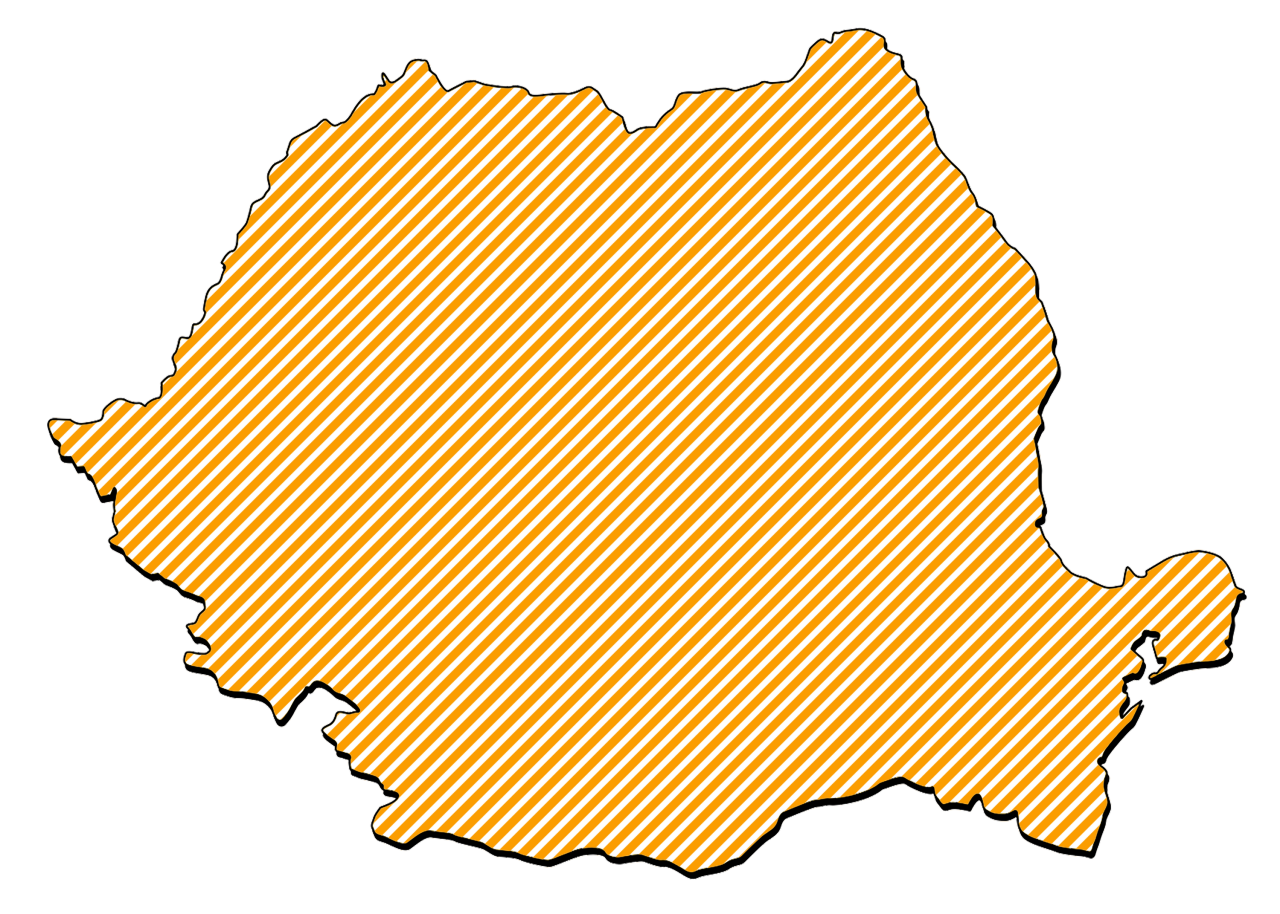
- Depending on winter weather conditions
- Valid up to 3,5 tones vehicle weight
- M+S marking
- Min. tread depth 1,6 mm
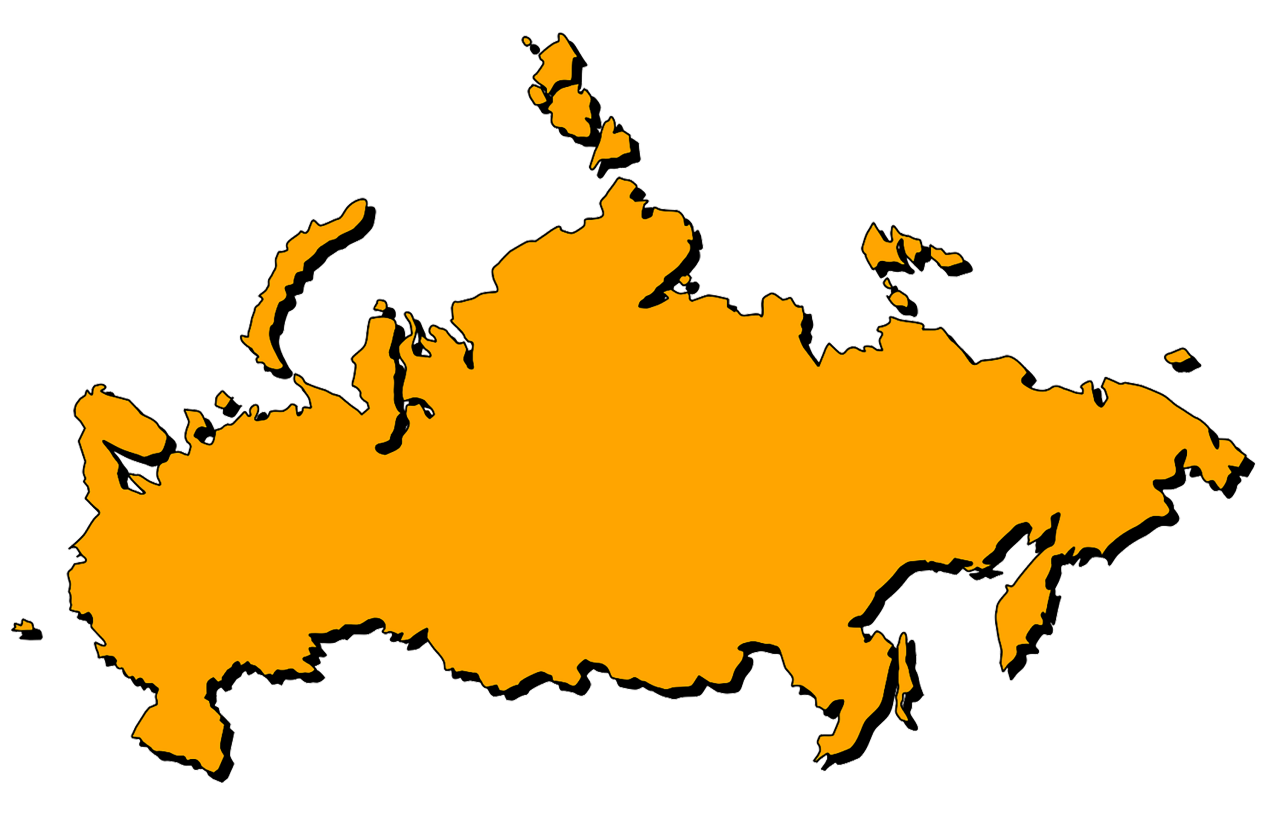
- Winter tires mandatory from 1.12. - 28.02.
- M+S marking as well as Alpine symbol (3PMSF)
- Min. tread depth 4,0 mm
- If using studded tires, they have to be on all positions
- Winter tires have to be mounted on all positions
- Studs are forbidden from 01.07. - 30.09.
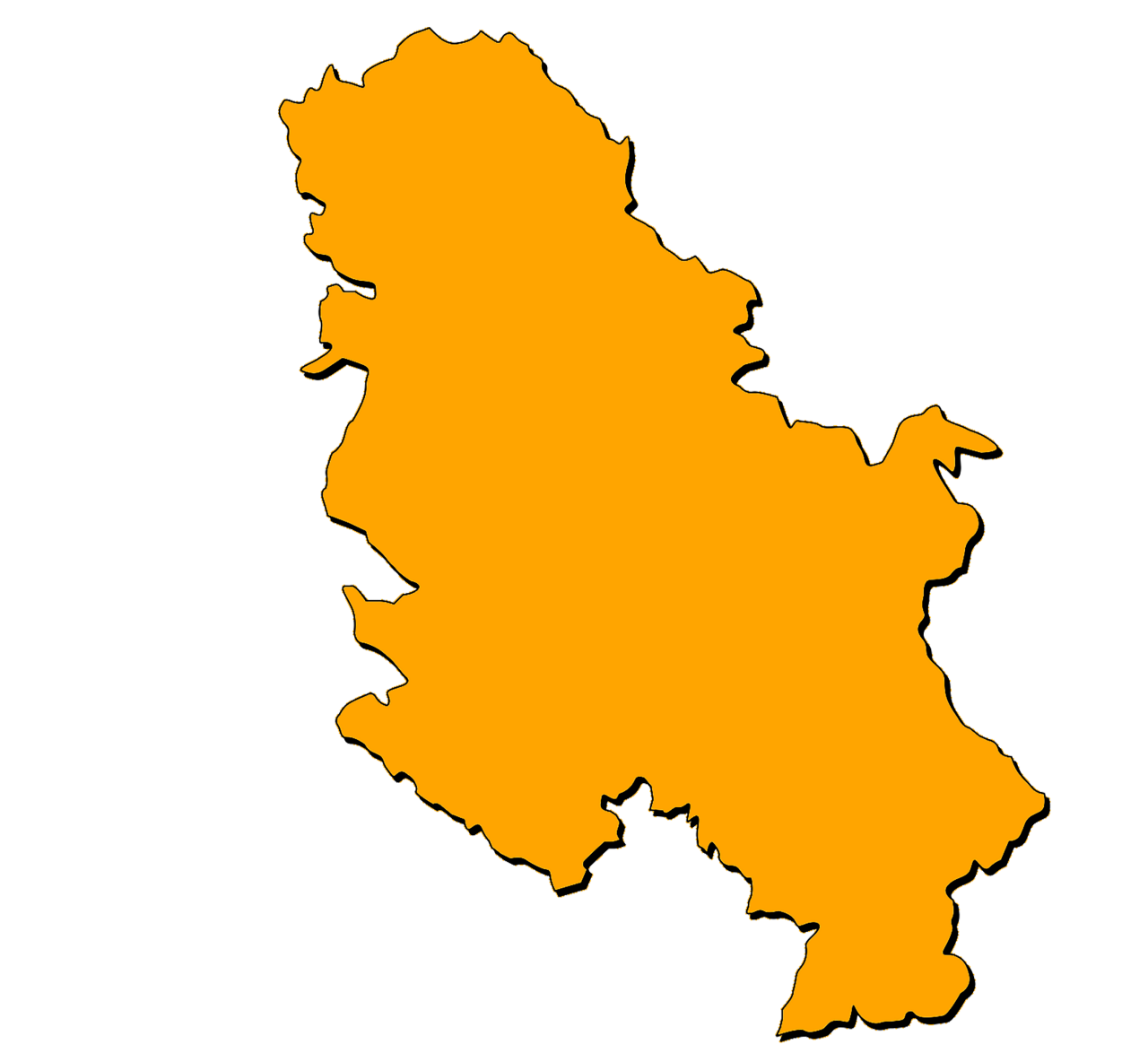
- Depending on winter weather conditions
- From 1.11. - 01.04.
- Winter tires are mandatory up to 3,5 tons
- M+S marking
- Min. tread depth 4,0 mm
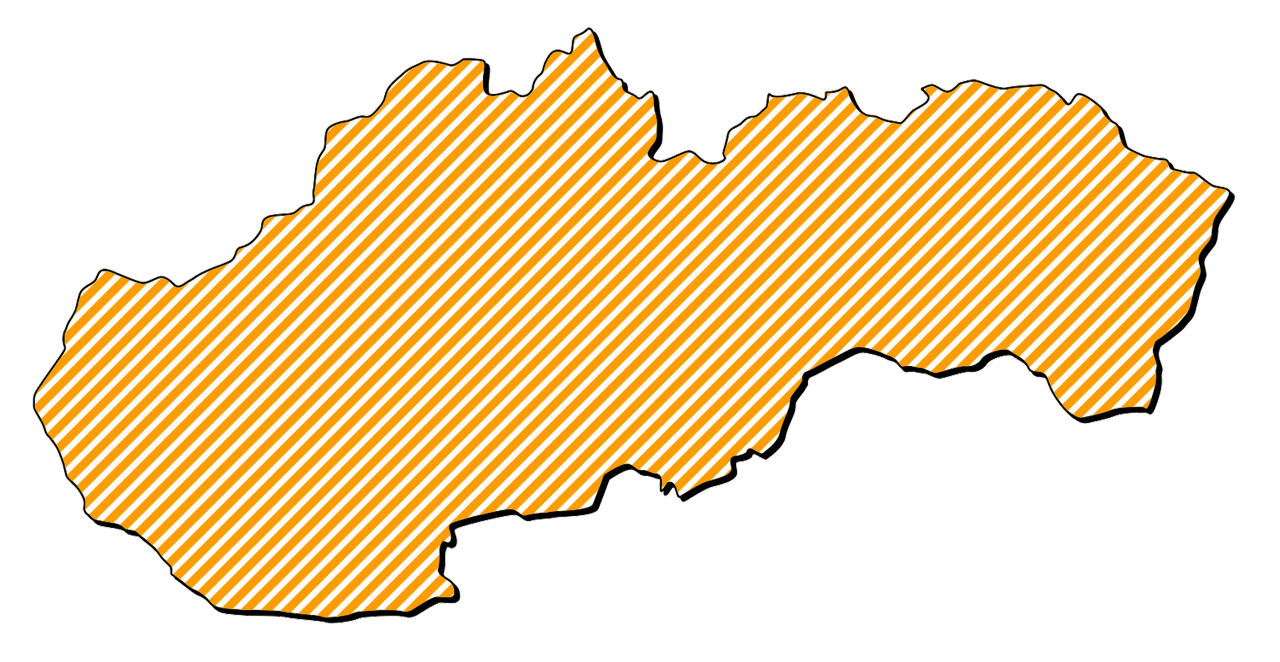
- Depending on winter weather conditions
- From 15.11. - 31.3.
- Valid up to 3,5 t vehicle weight
- M+S marking
- Min. tread depth 3,0 mm
- Snow chains must be used if signs indicate and can be used if winter condition
- Forbidden to use spike tires
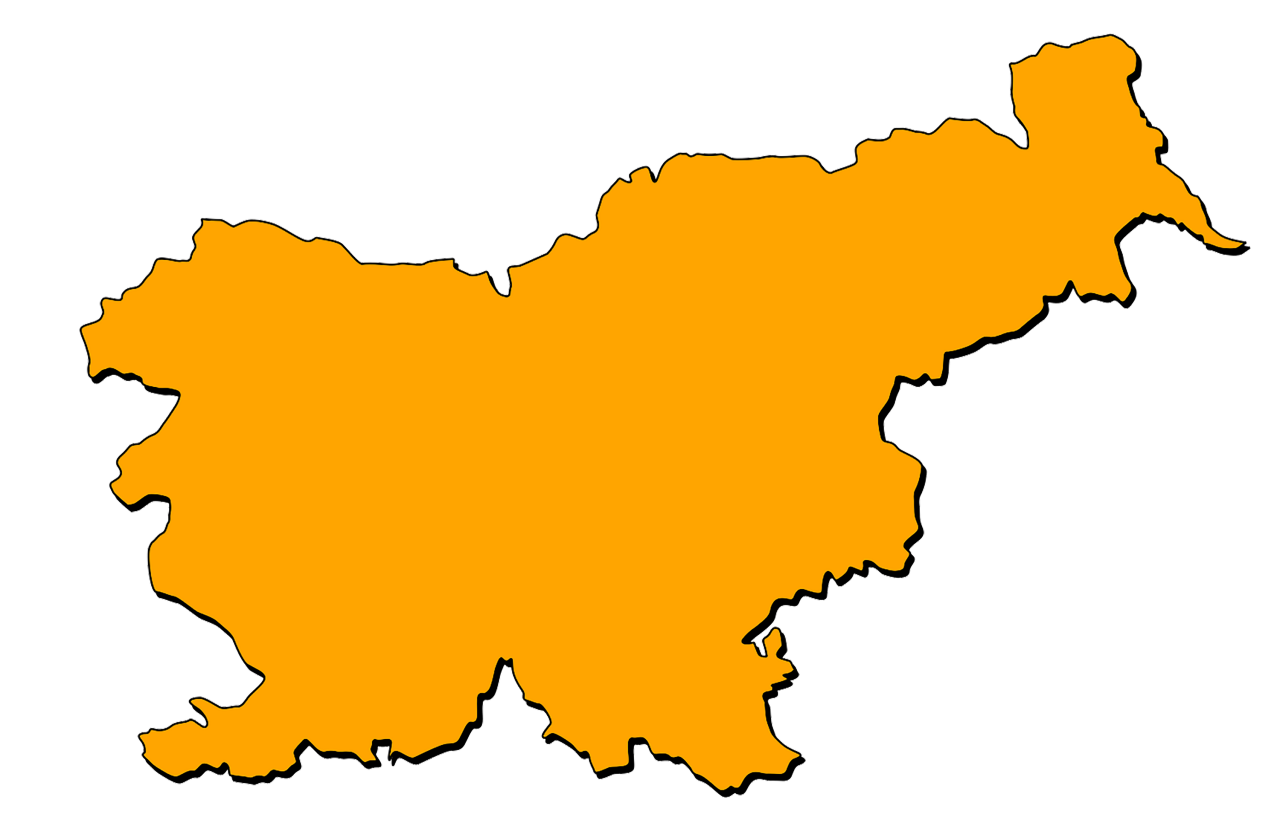
- Winter tires mandatory from 15.11.-15.03.
- Valid up to 3,5 tons vehicle weight
- M+S marking
- Min. tread depth 3,0 mm
- Studs not allowed

- Depende de las condiciones invernales
- Los neumáticos de invierno son obligatorios en determinadas situaciones, como por ejemplo, en zonas de túneles sucesivos.
- Válido hasta vehículos de hasta 3,5 toneladas
- Marcaje M+S
- Profundidad mínima del dibujo 1,6 mm
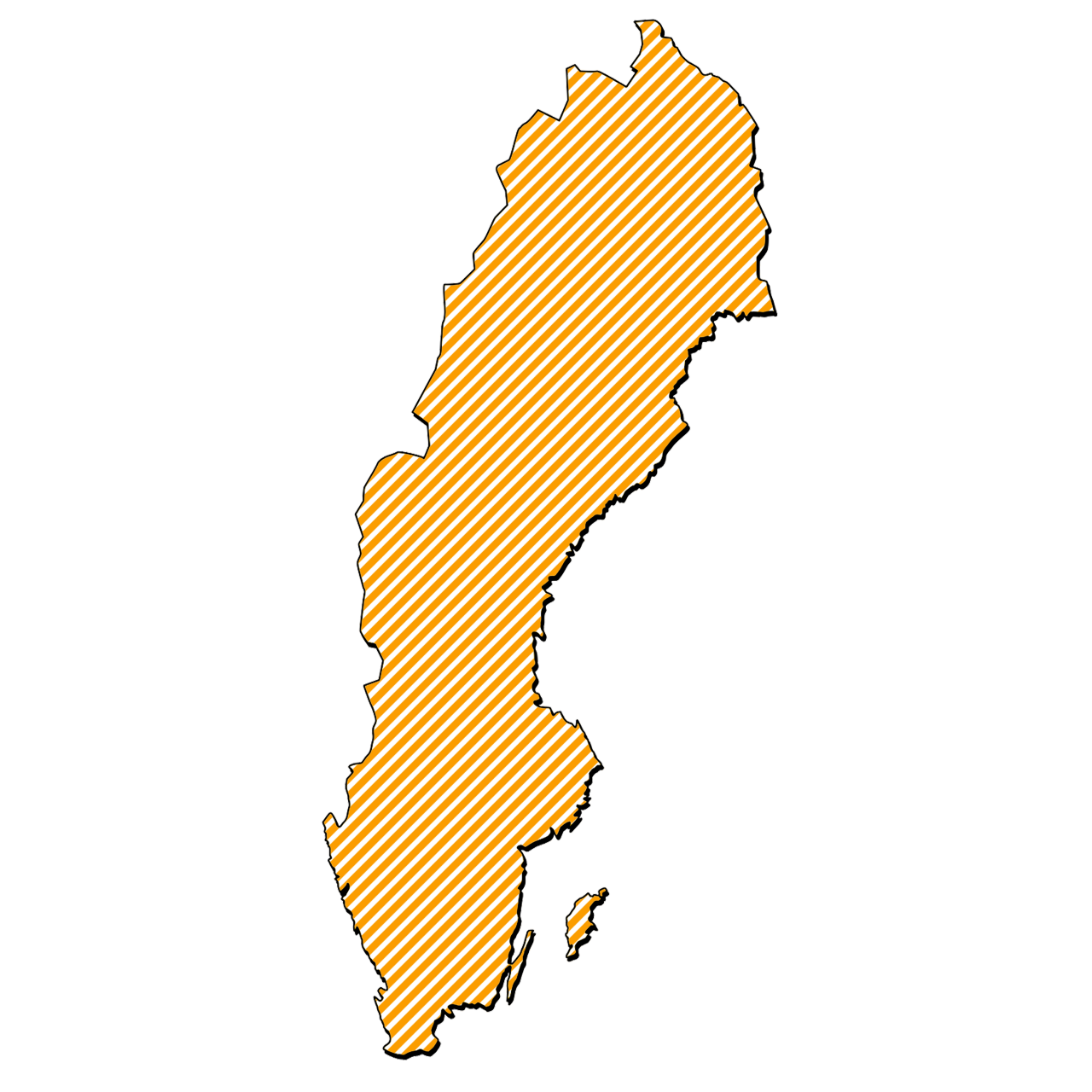
- Depending on winter weather conditions from 01.12. - 31.03.
- Valid up to 3,5 tons vehicle weight
- M+S marking
- Min. tread depth 3,0 mm
- Studded tires allowed from 01.11. – 15.4.
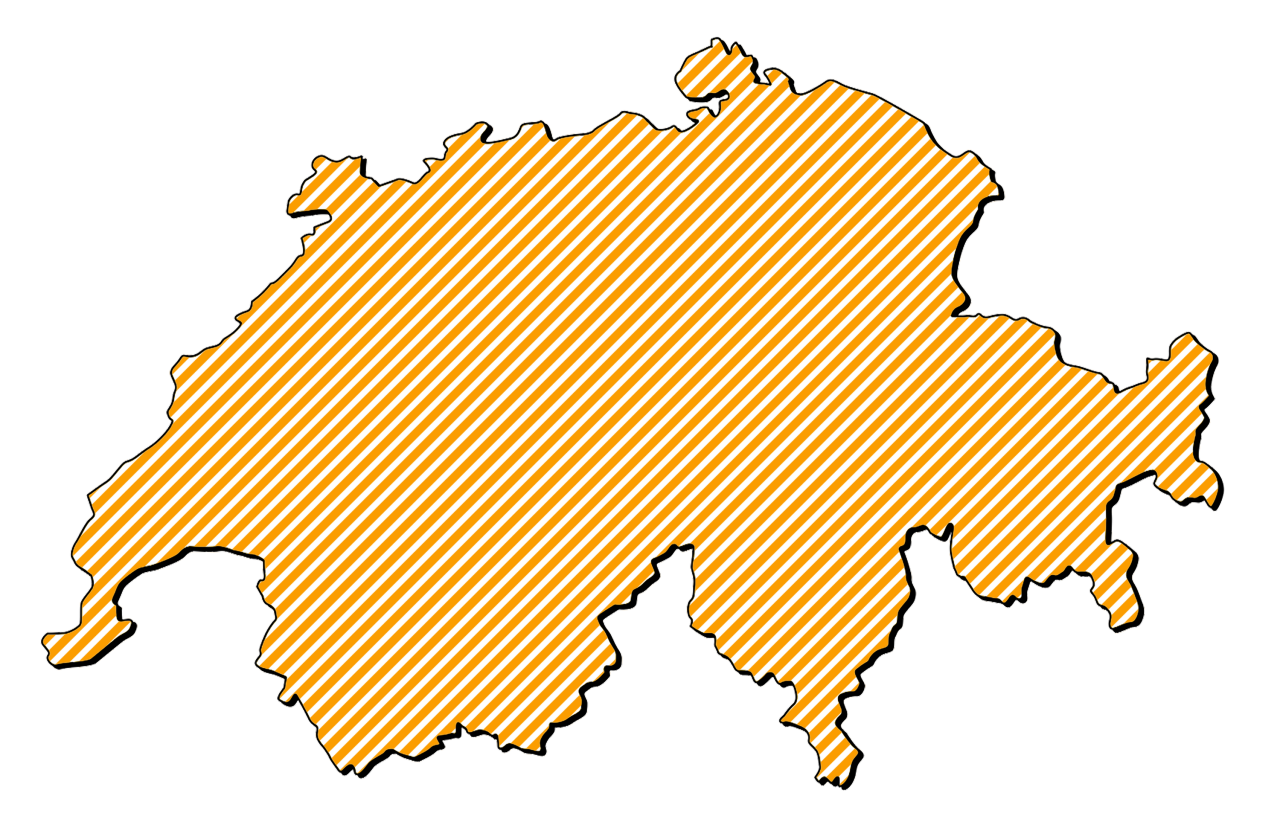
- No general winter tire regulations, regional regulations are possible in winter road conditions (f.e mountain passes)
- Min. tread depth for winter tires 1,6 mm
- In case of an accident with summer tires in wintry conditions, be aware of liability issues
- If authorities announce snow chain obligation, only snow chains are permitted (four-wheel drive may be excluded)
- Use of snow chains in case of respective road signs and conditions
- Studded tires are permitted for vehicles <7,5 t GVW between 01.11. 30.04. or on snowcovered roads
- Max speed 80 km/h
- Vehicles with studded tires have to be labled with a sticker 80 km/h
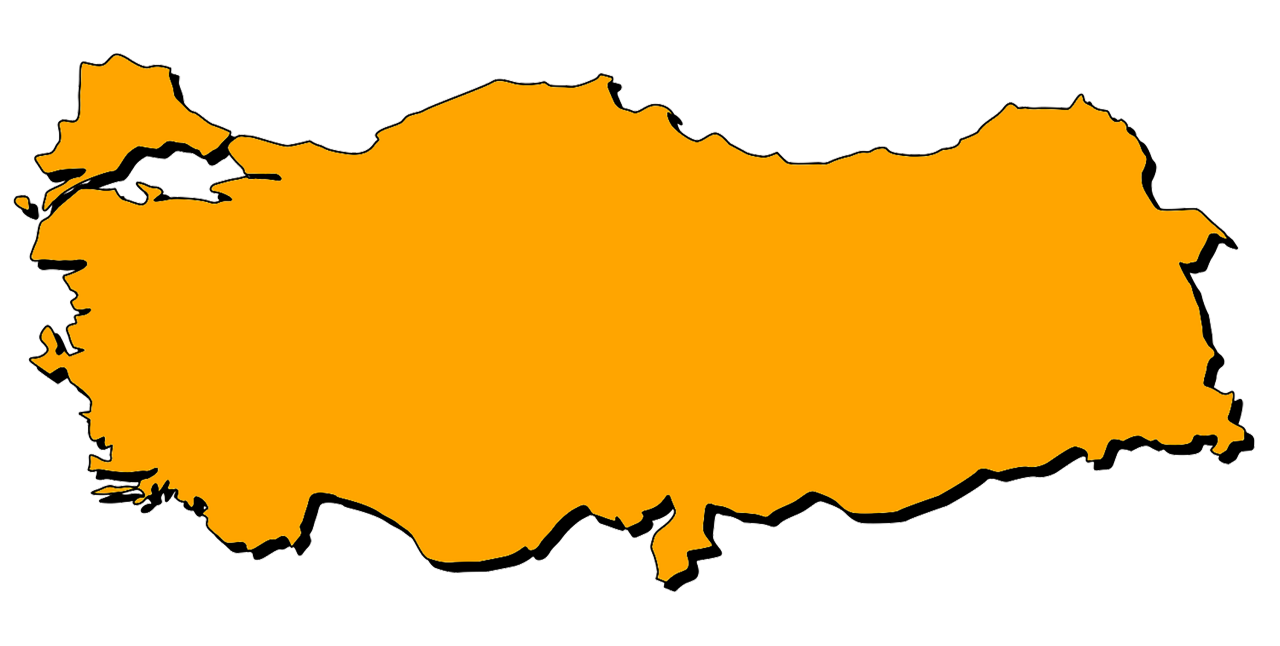
- Winter tires are mandatory from 01.12. - 01.04.
- Valid for just commercial vehicles (including taxi, light trucks, trucks, buses)
- Min. tread depth 1,6 mm
- M+S marking
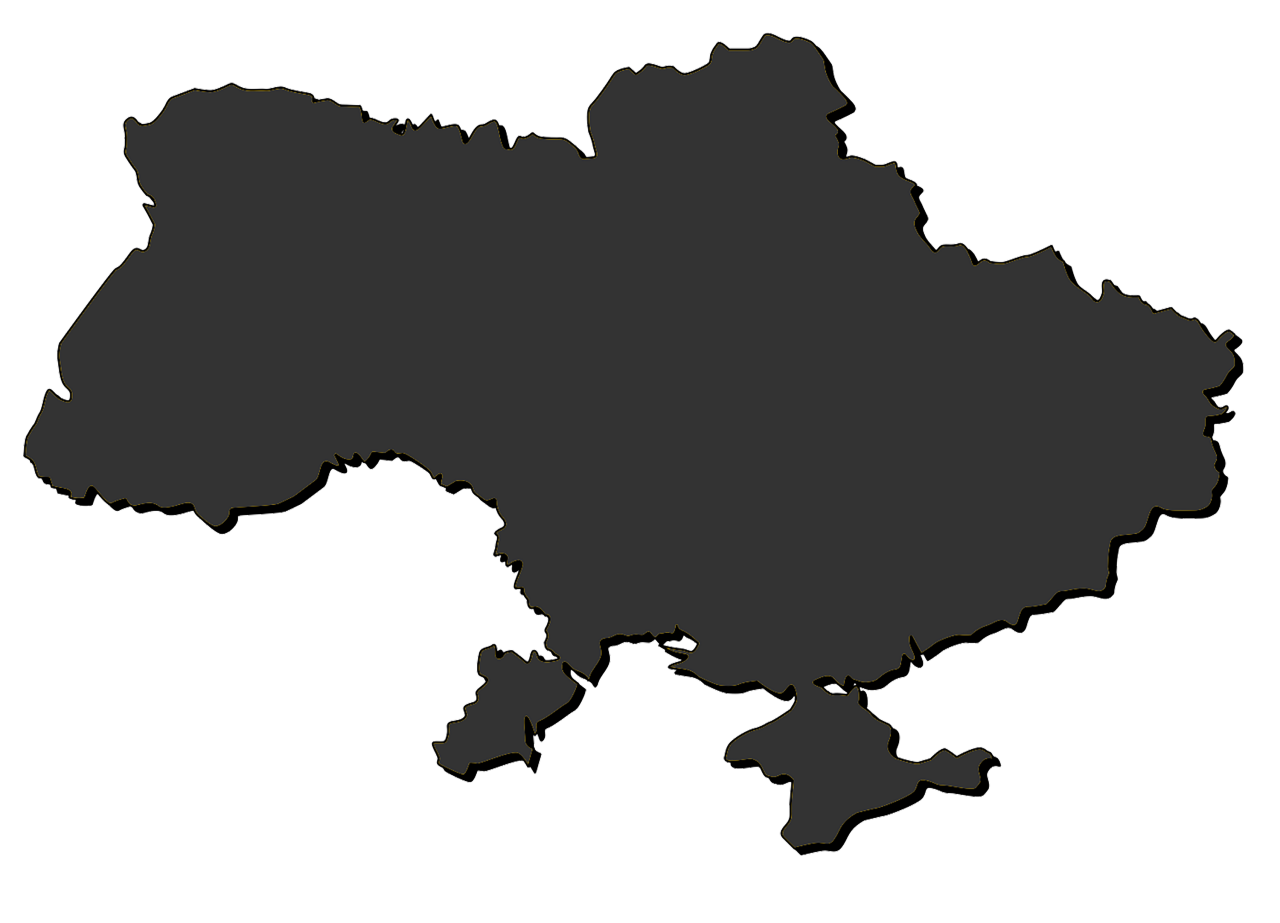
- Winter tires not mandatory
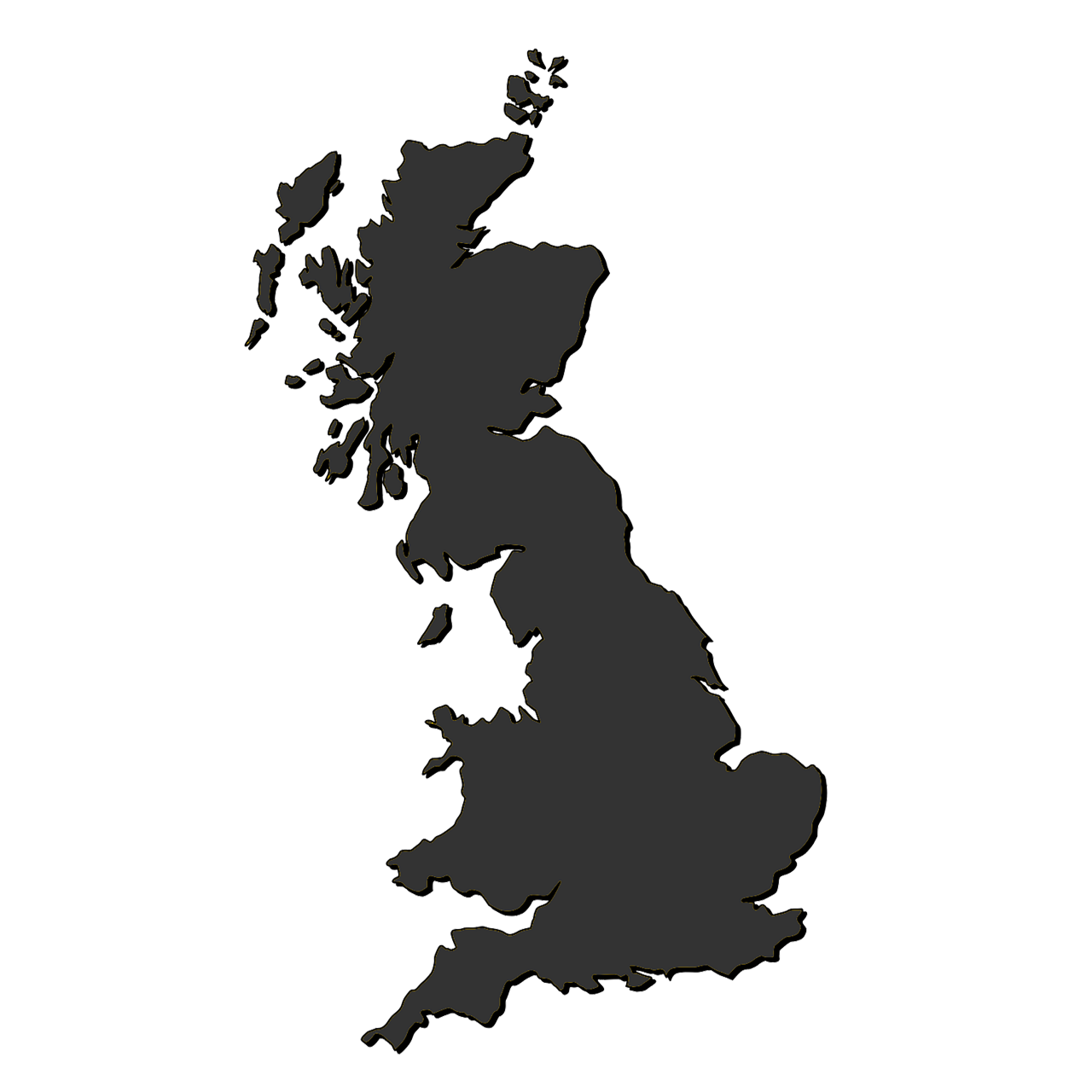
- Winter tires not mandatory
- Valid up to 3,5 tons vehicle weight
¿Cuándo es necesario cambiar a neumáticos de invierno?
La mayoría de los países europeos tienen algunas regulaciones que hacen que los neumáticos de invierno sean obligatorios o que exigen el uso de neumáticos de invierno en las situaciones. Como regla general, se recomienda utilizar neumáticos para nieve entre el 1 de octubre y el 30 de abril, o de otoño a Semana Santa. Sin embargo, en algunos países, las leyes de neumáticos de invierno indican exactamente cuándo realizar cambios de neumáticos estacionales. Si no estás seguro, habla con tu especialista en neumáticos, ellos estarán al día de la normativa.
Otros requisitos obligatorios para neumáticos
Ya montes neumáticos all season (todas las estaciones) o de invierno, hay otras cosas a considerar para garantizar la seguridad óptima del vehículo y el desempeño de los neumáticos en la nieve. Una vez más, cada país tiene ligeras variaciones en la legislación, así que consulta la lista oa tu especialista en neumáticos. Por ejemplo, la profundidad de la banda de rodadura de un neumático de invierno debe tener un mínimo de 1,6 mm,. Ten en cuenta siempre las regulaciones legales de tu país y piensa que el rendimiento de los neumáticos, especialmente en superficies mojadas, disminuye con la profundidad de la banda de rodadura. Para garantizar una tracción confiable y un agarre excelente en superficies cubiertas de nieve y hielo, tus neumáticos siempre deben tener suficiente profundidad de la banda de rodadura. Además, tus neumáticos deben tener la presión correcta para garantizar que el vehículo pueda frenar sobre nieve y hielo con las mejores prestaciones.

Contenido relacionado
-
 2025/06/11Neumáticos de invierno vs. all-season¿Cuál es la diferencia entre los neumáticos de invierno y los all-season? Aprender sobre su diseño puede ayudarte a decidir cuáles necesitas.Leer más
2025/06/11Neumáticos de invierno vs. all-season¿Cuál es la diferencia entre los neumáticos de invierno y los all-season? Aprender sobre su diseño puede ayudarte a decidir cuáles necesitas.Leer más -
 2025/05/07Neumáticos de verano vs Neumáticos de inviernoEl clima cambia a lo largo del año, lo que afecta las condiciones de conducción en la carretera; equipa tsu automóvil con neumáticos que le brindarán la mayor confianza.Leer más
2025/05/07Neumáticos de verano vs Neumáticos de inviernoEl clima cambia a lo largo del año, lo que afecta las condiciones de conducción en la carretera; equipa tsu automóvil con neumáticos que le brindarán la mayor confianza.Leer más -
 2025/05/07Prepara tu coche para el inviernoAsegúrate de tener los suministros adecuados para la próxima temporada con nuestra lista de verificación del equipo de invierno para automóvil.Leer más
2025/05/07Prepara tu coche para el inviernoAsegúrate de tener los suministros adecuados para la próxima temporada con nuestra lista de verificación del equipo de invierno para automóvil.Leer más
